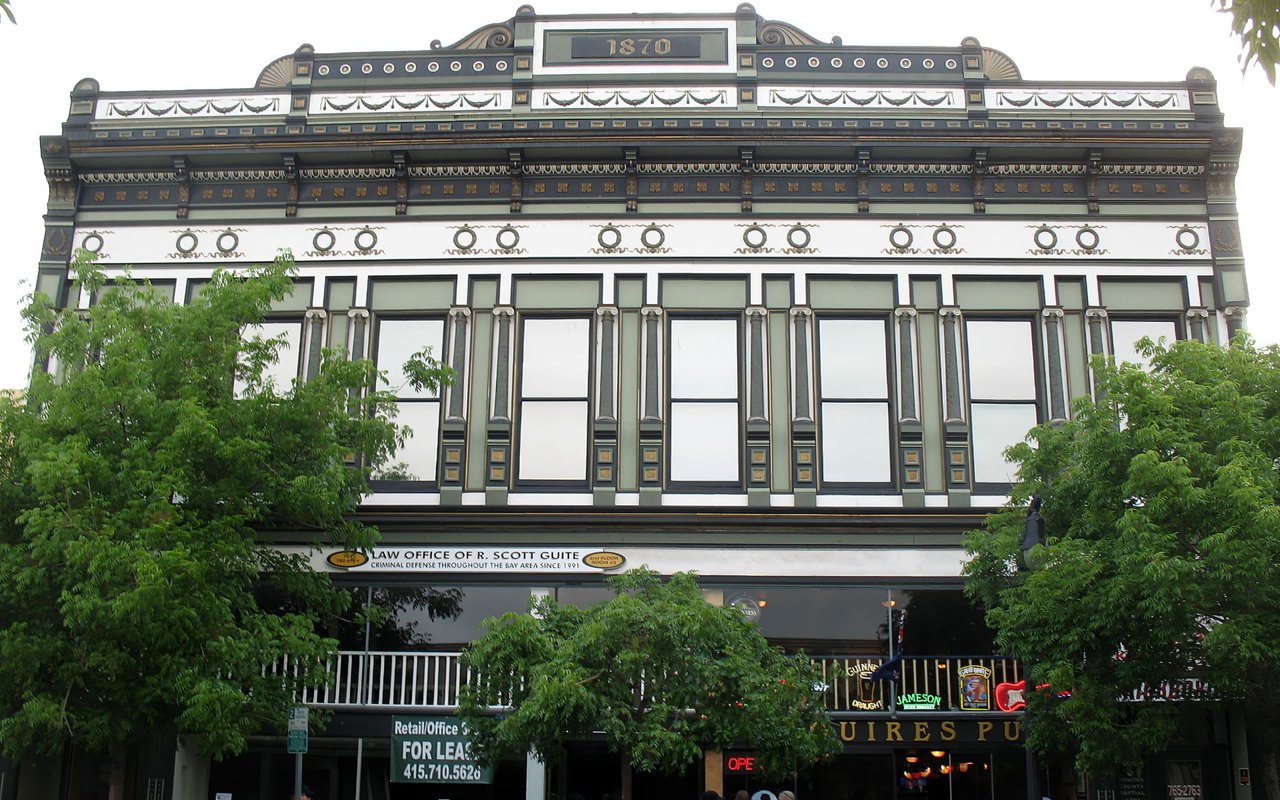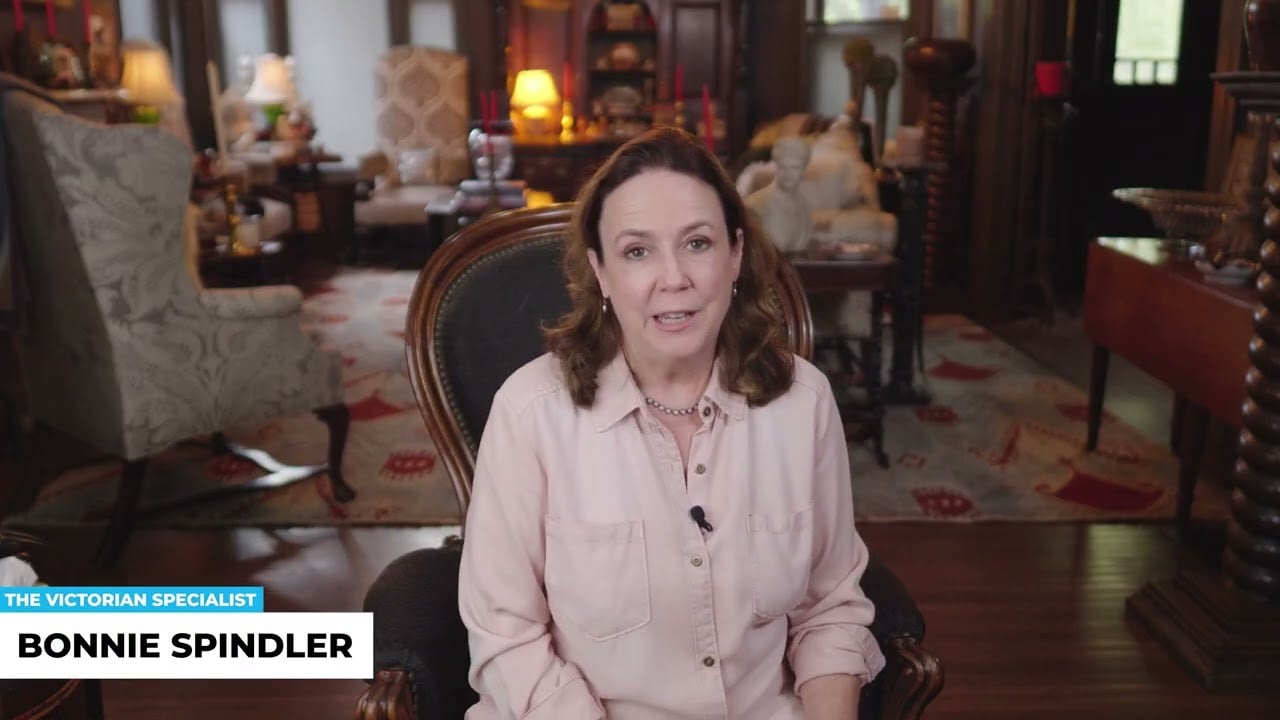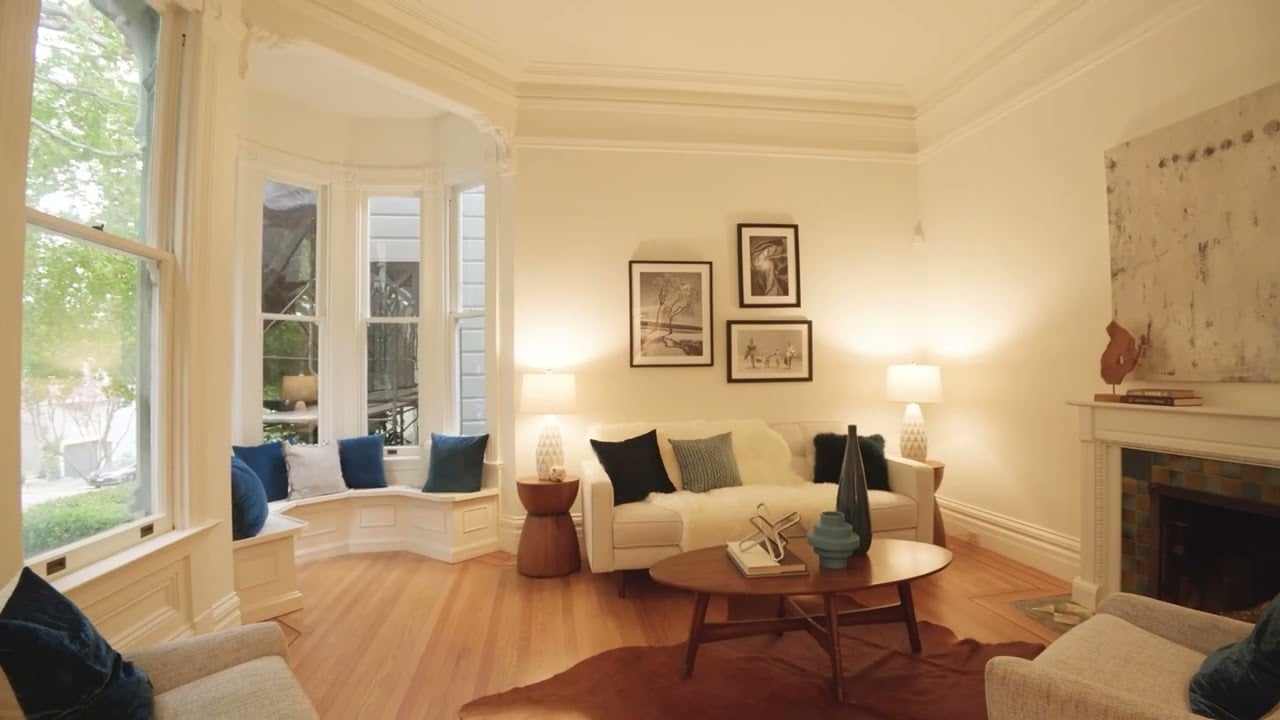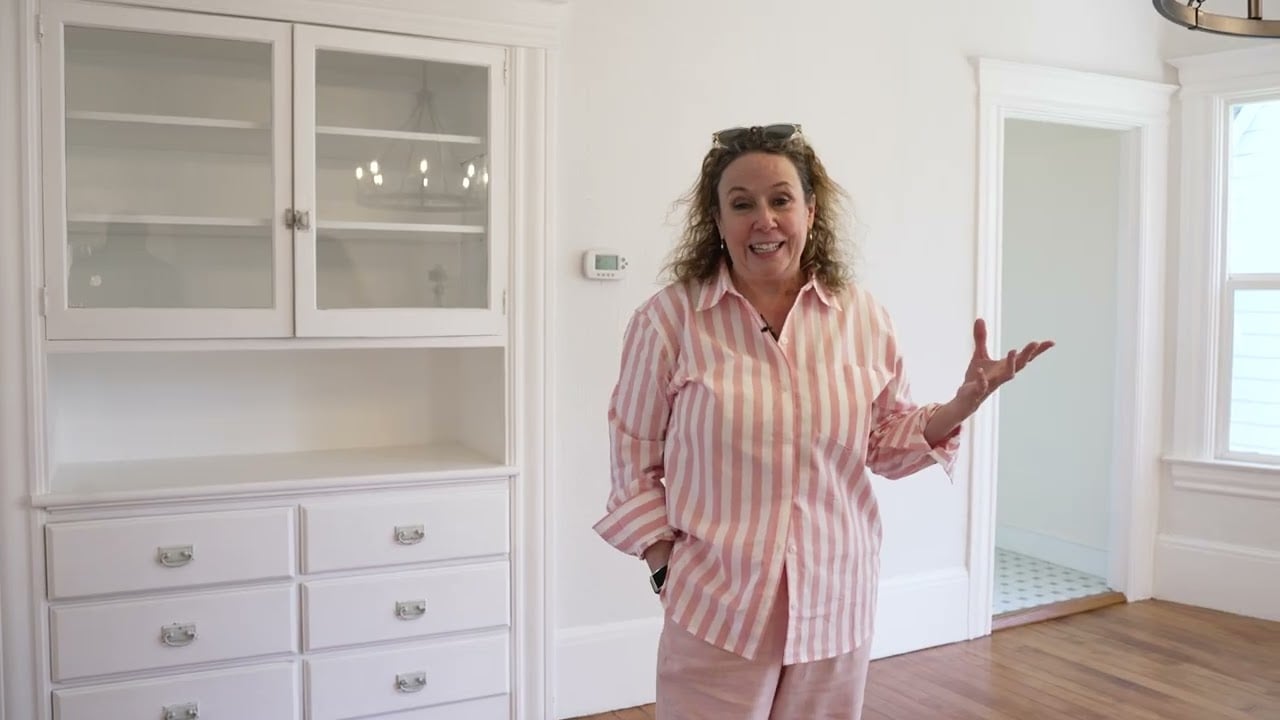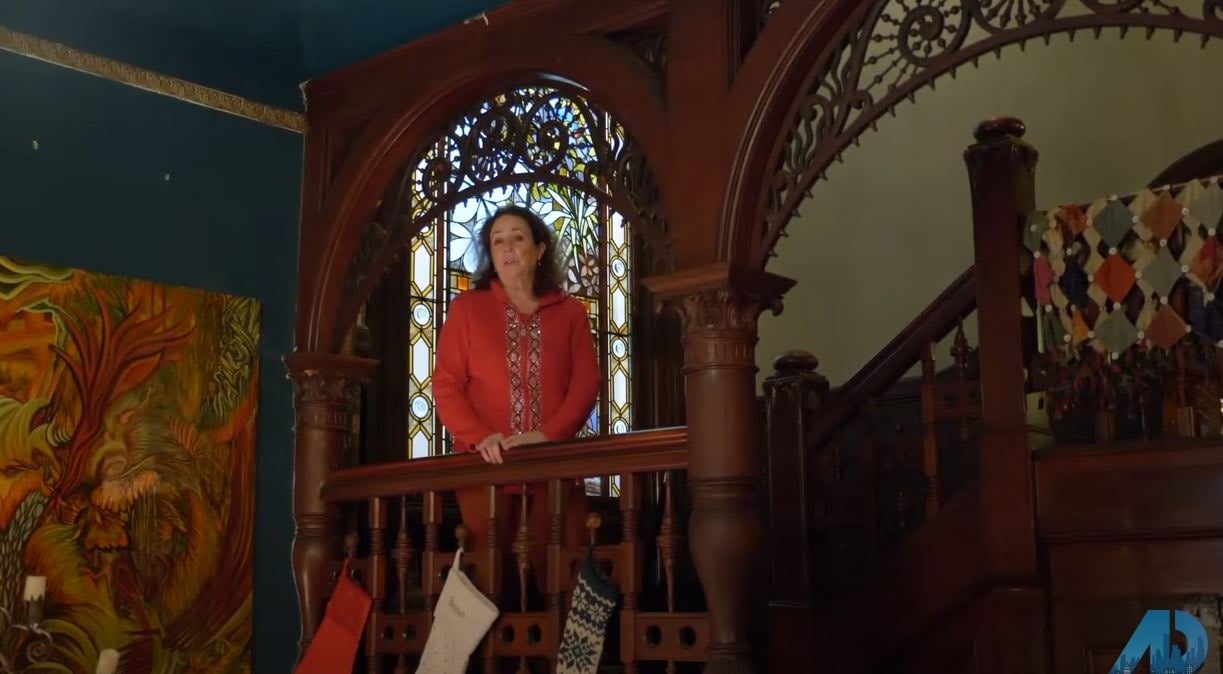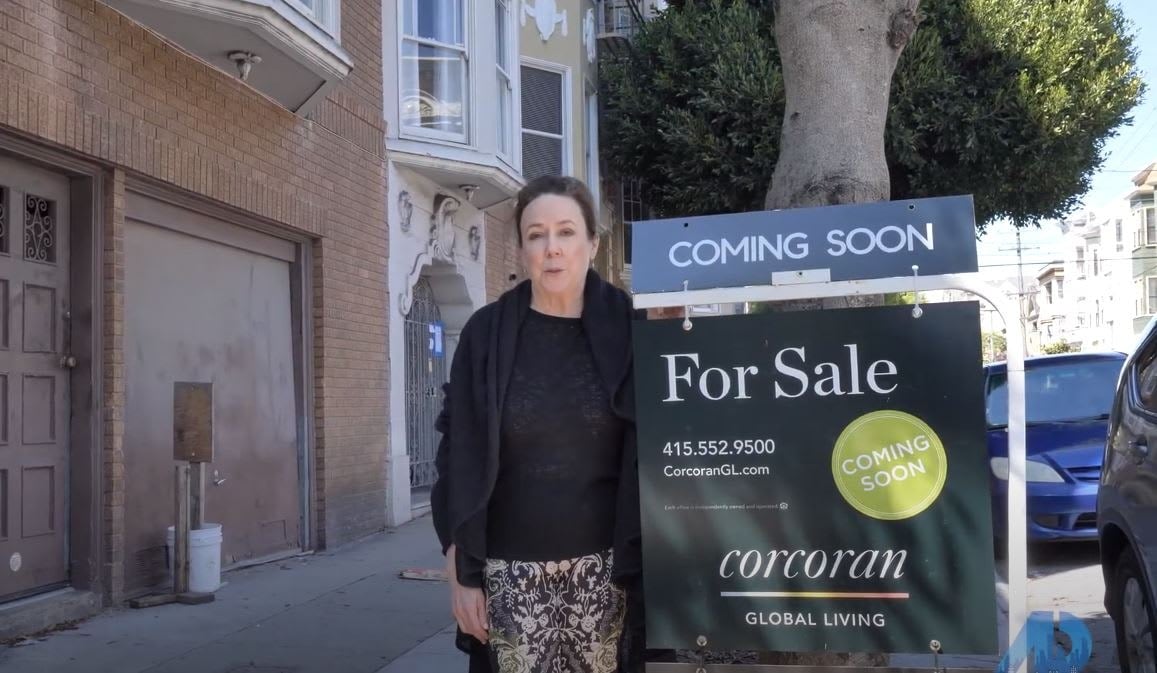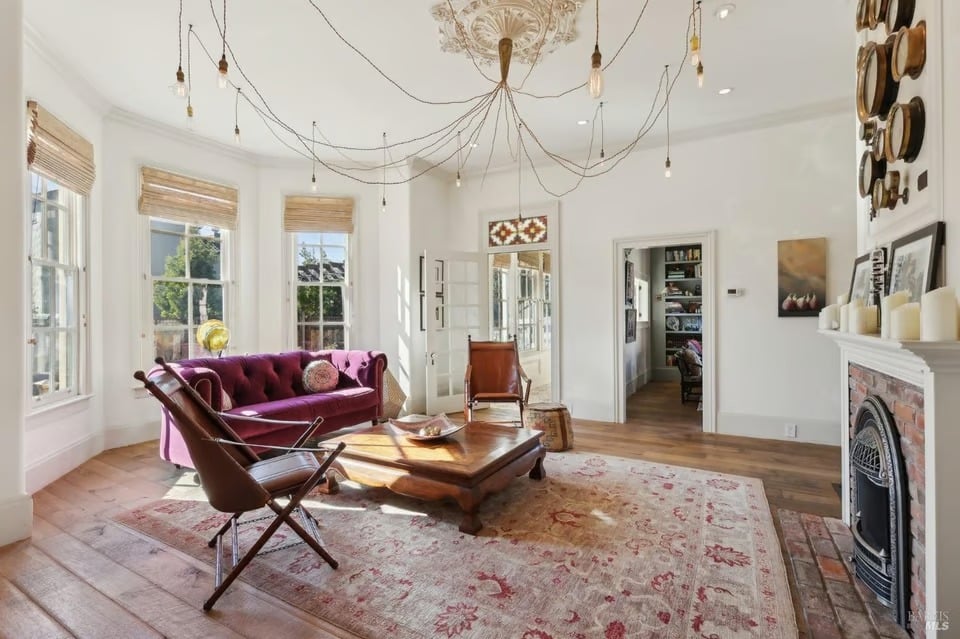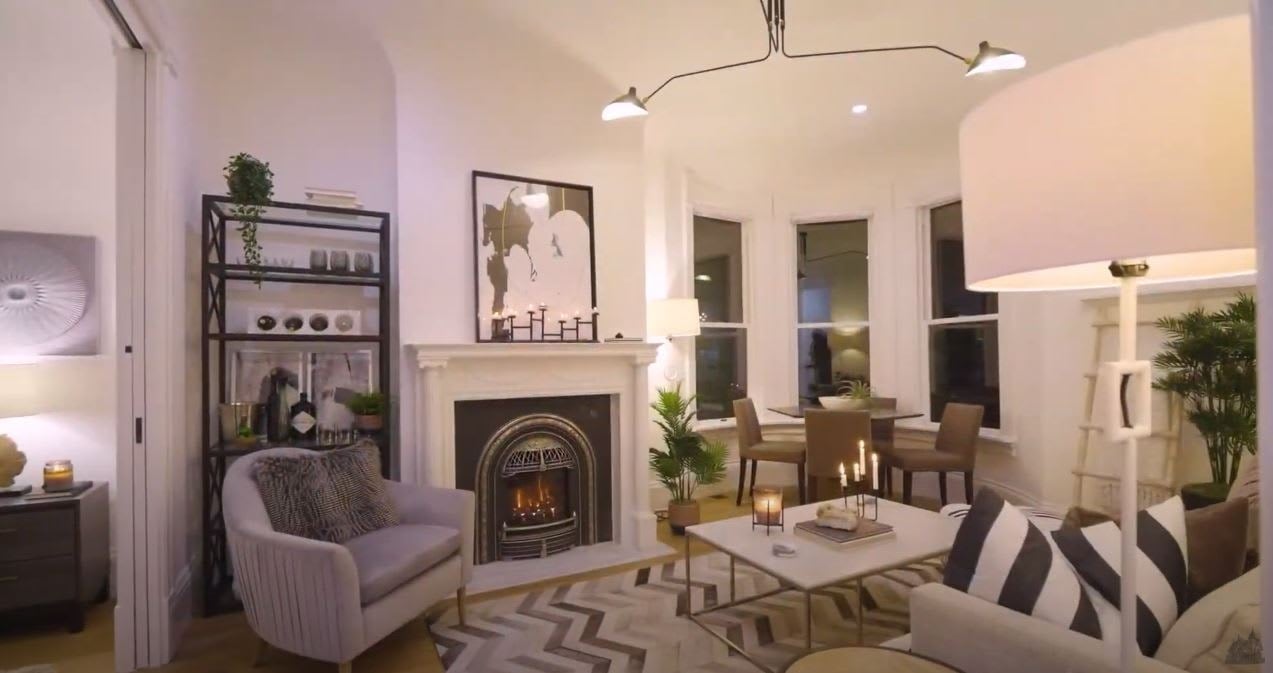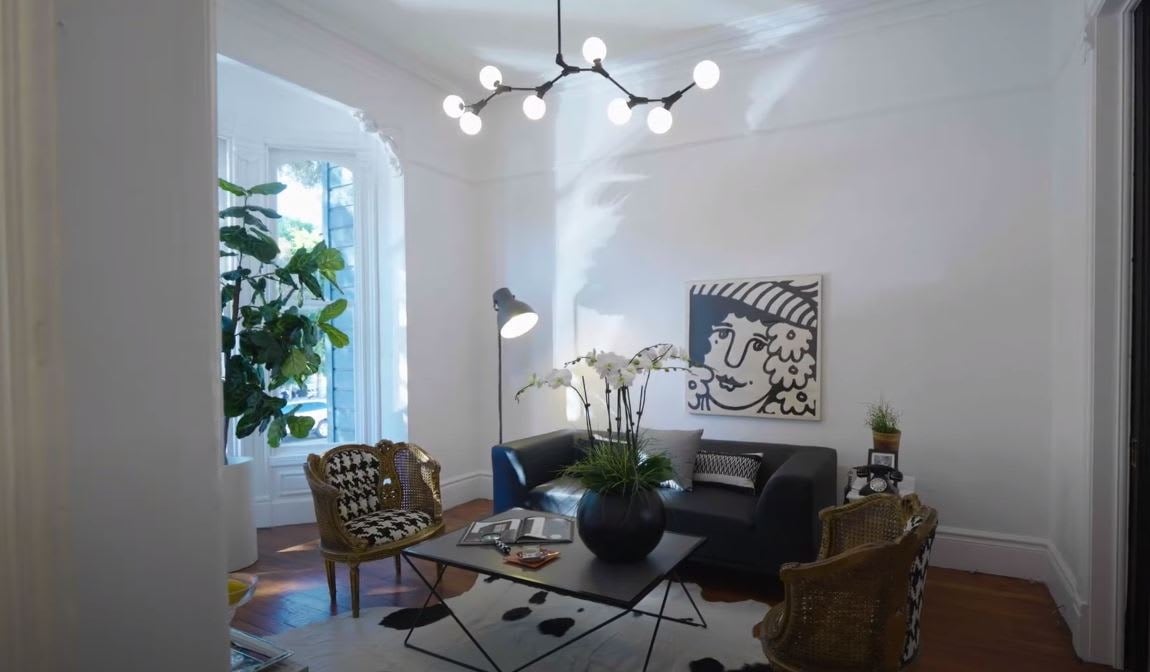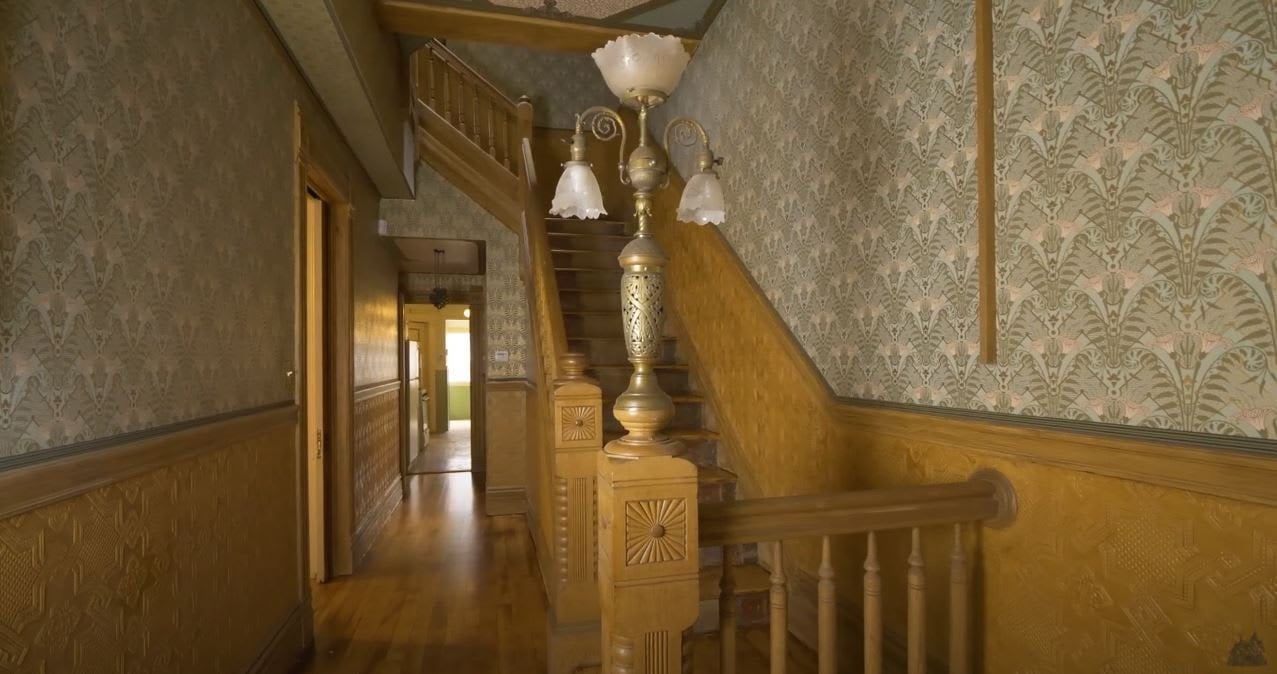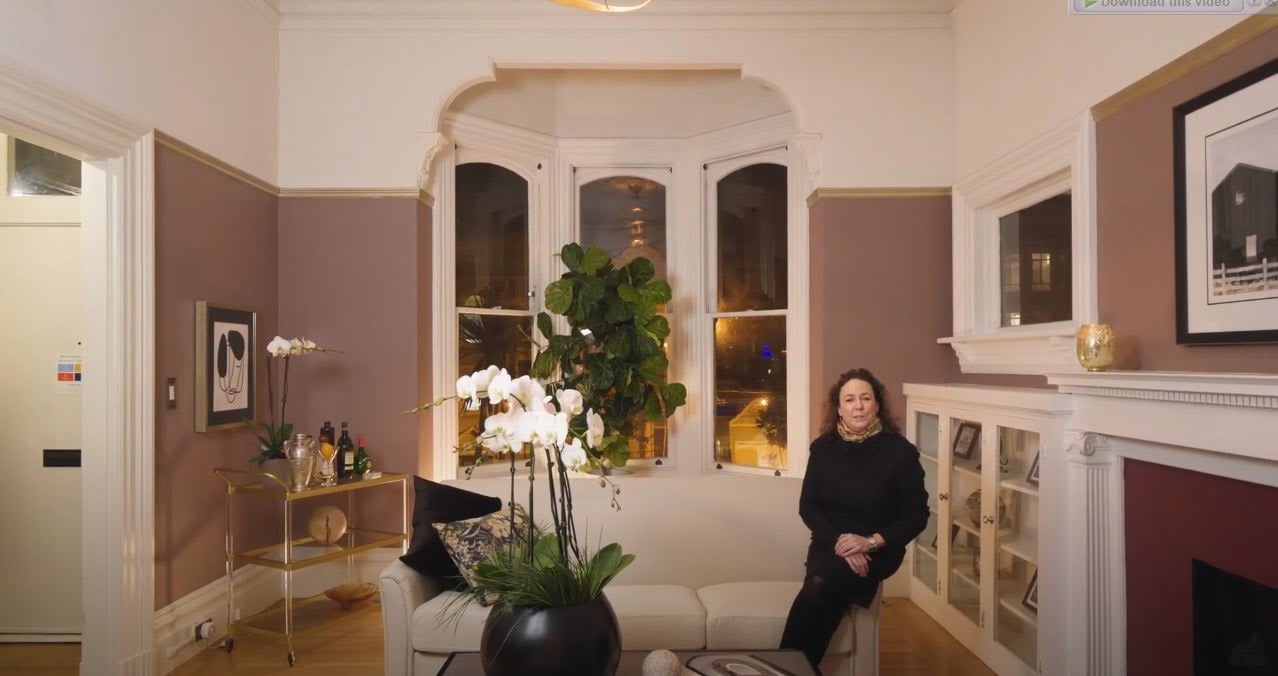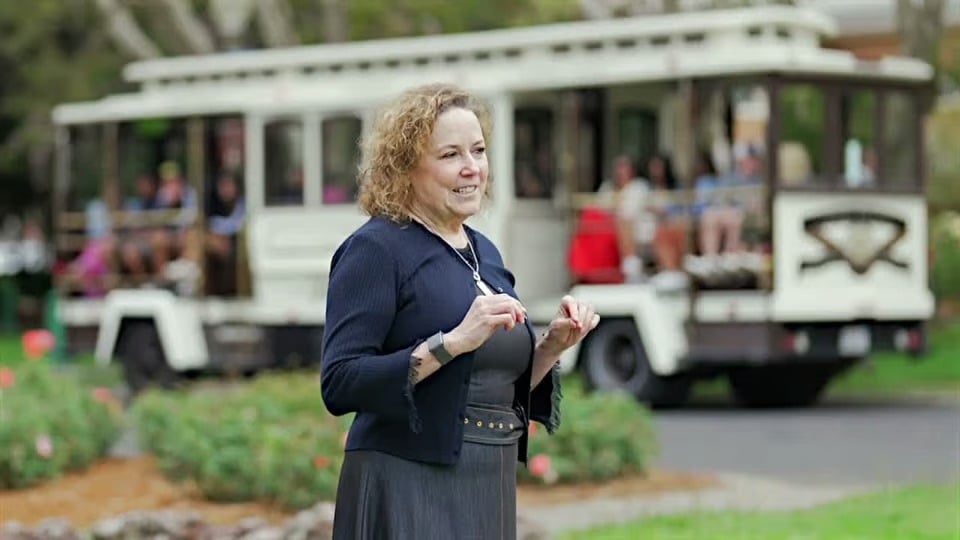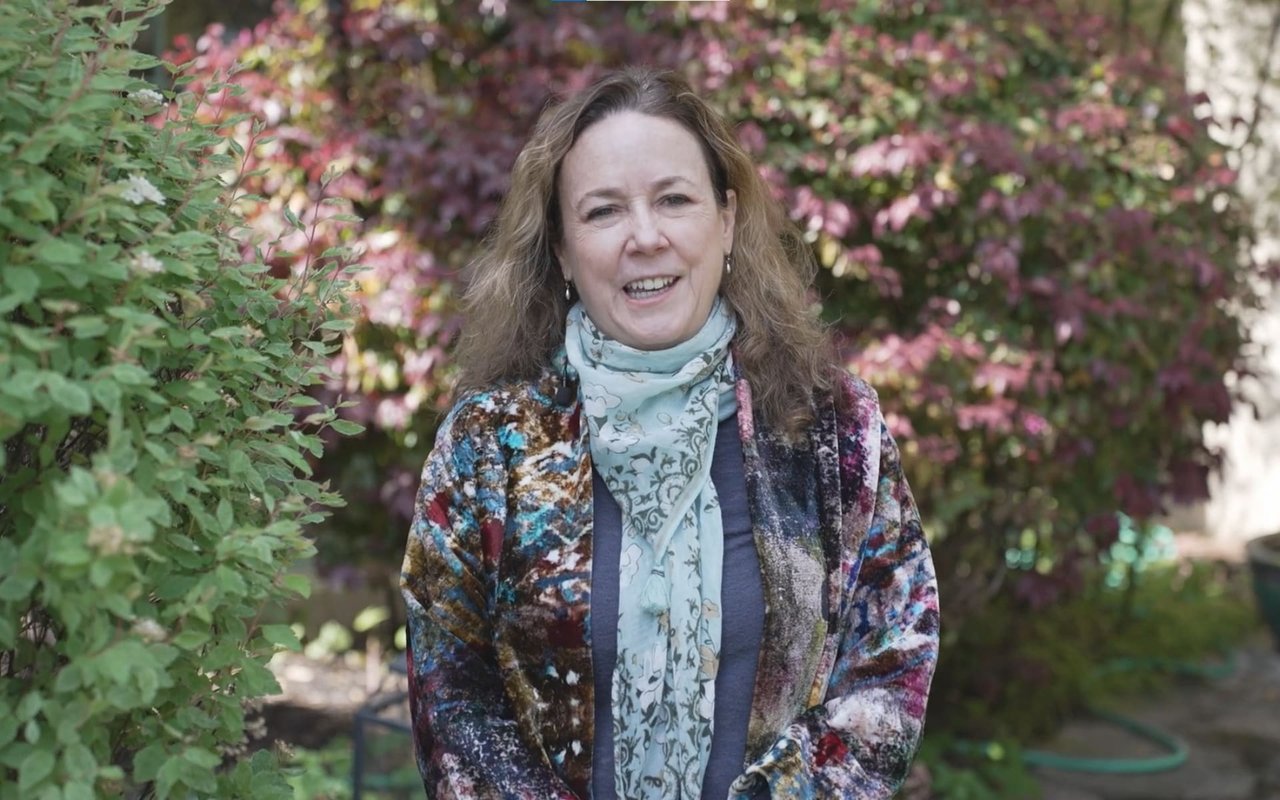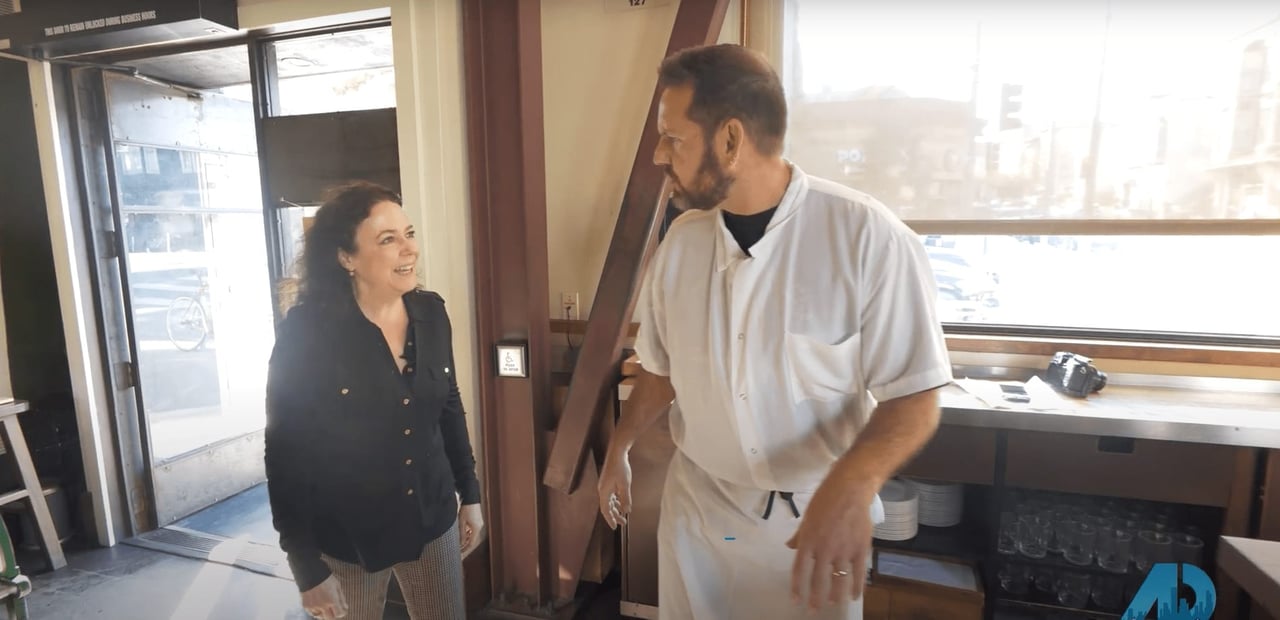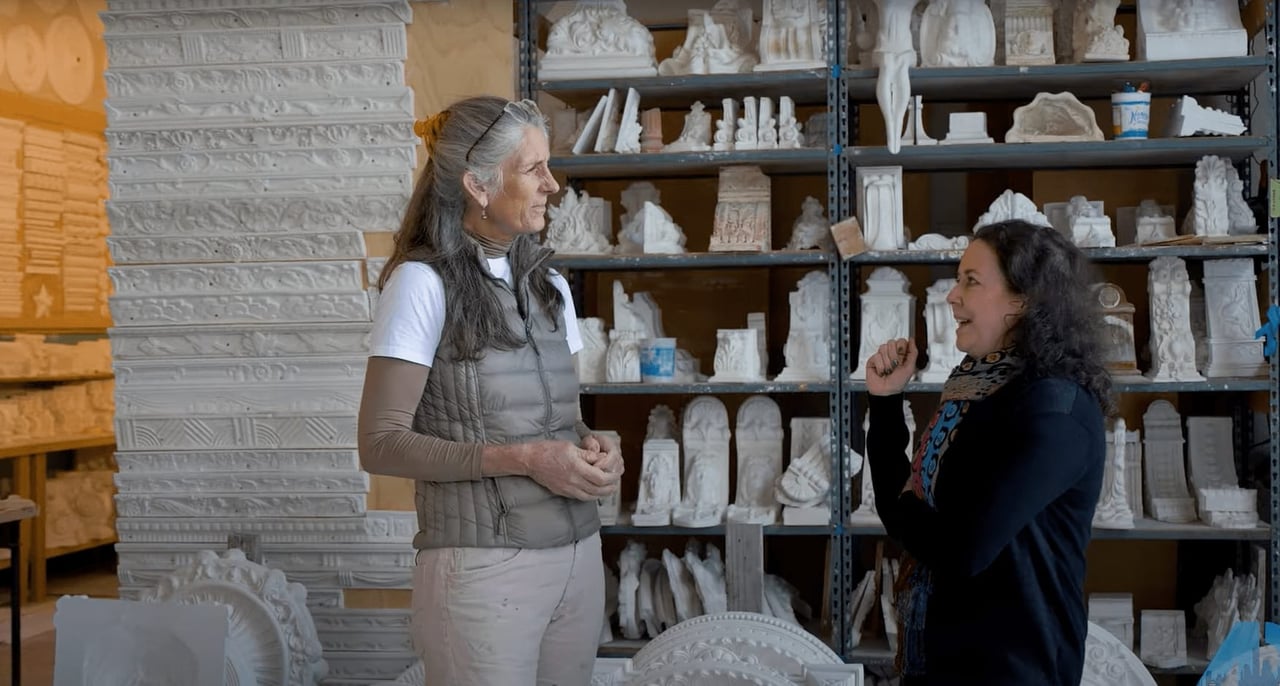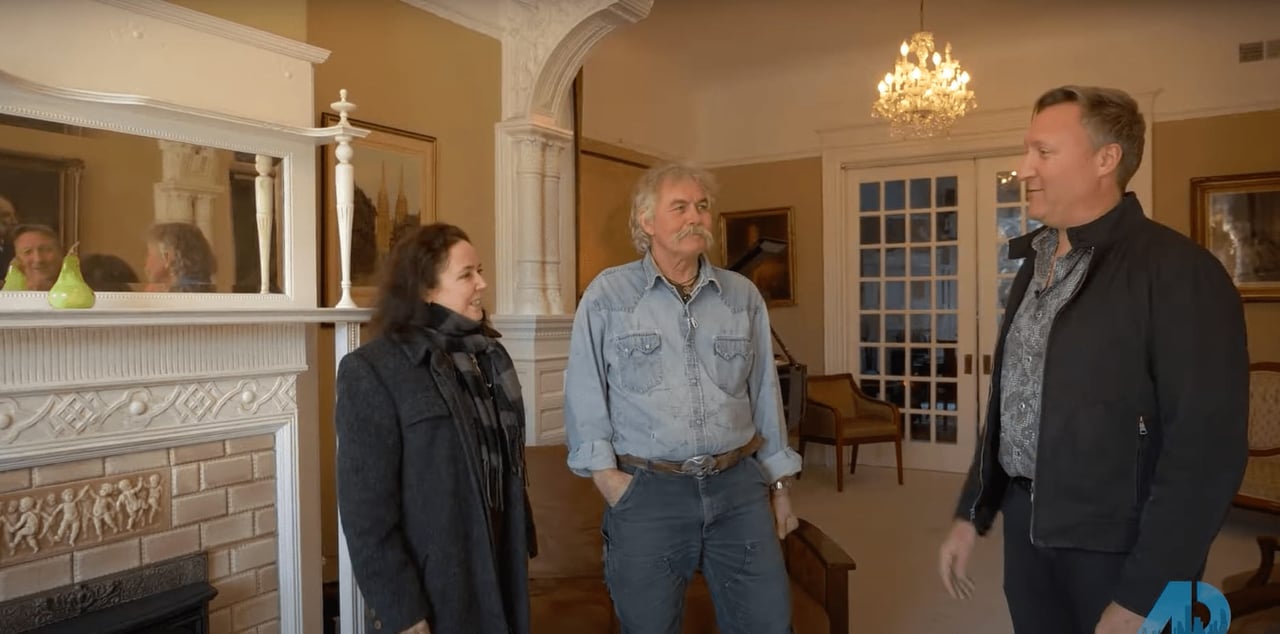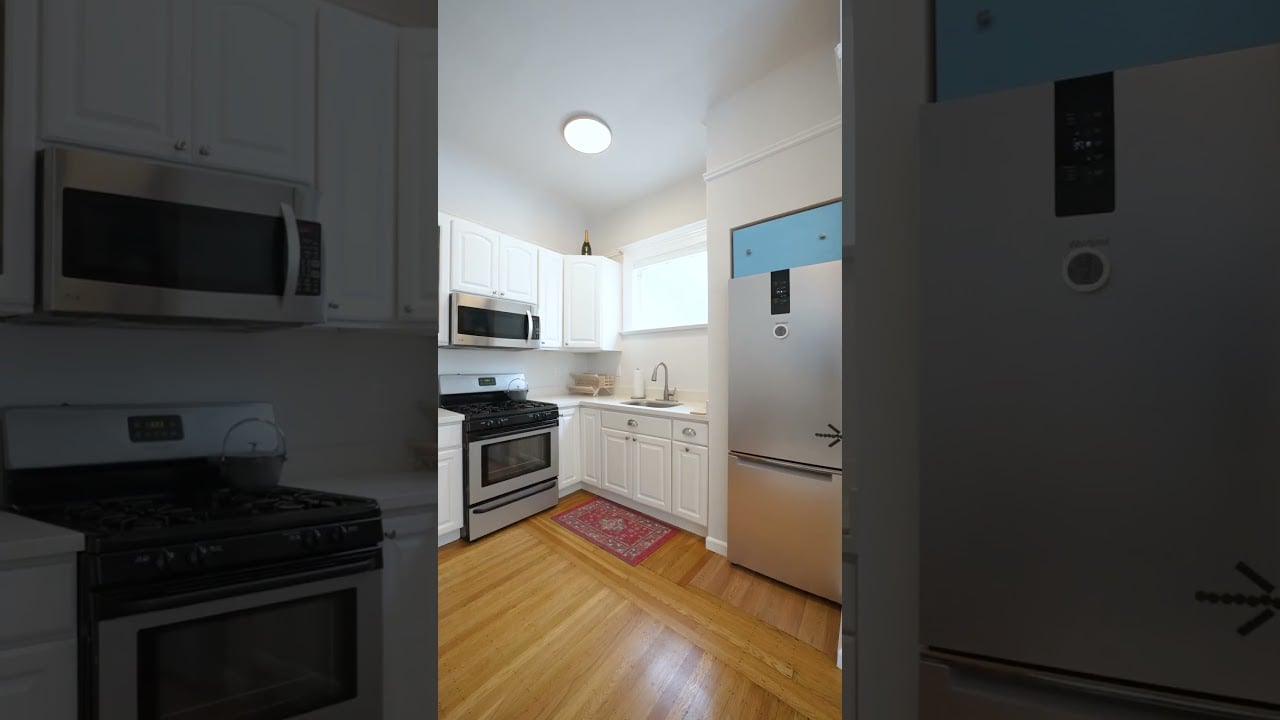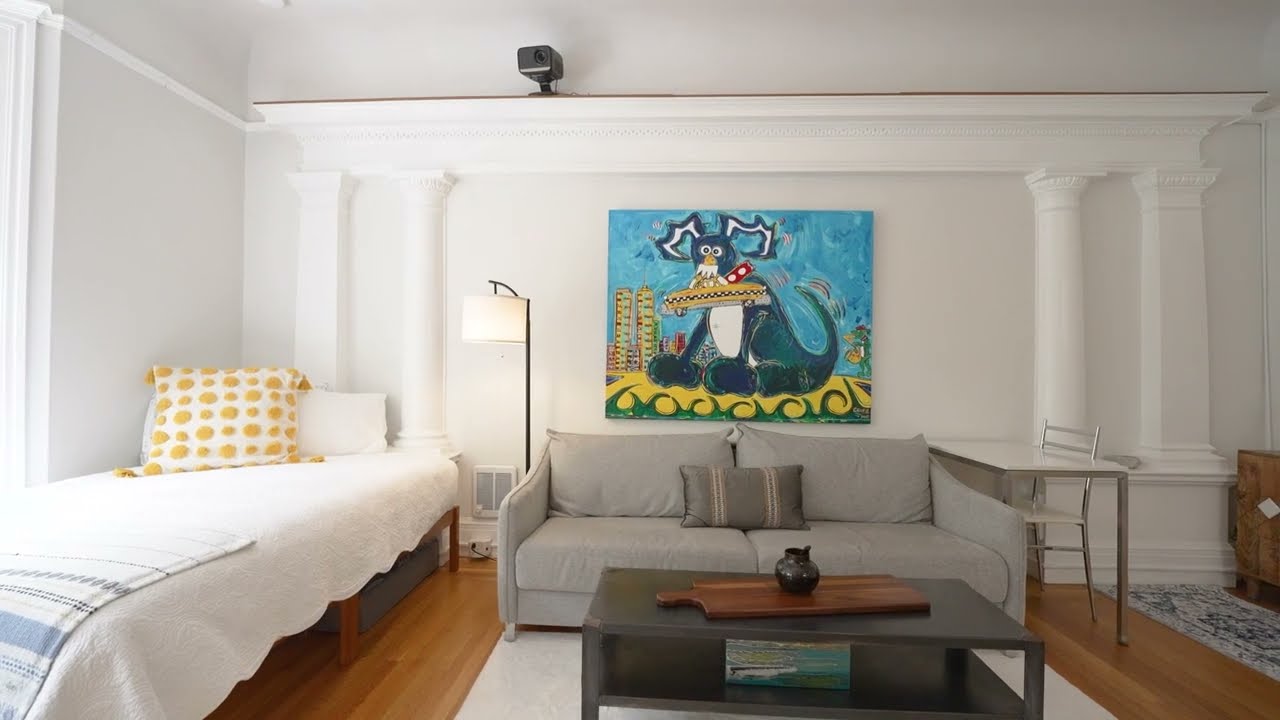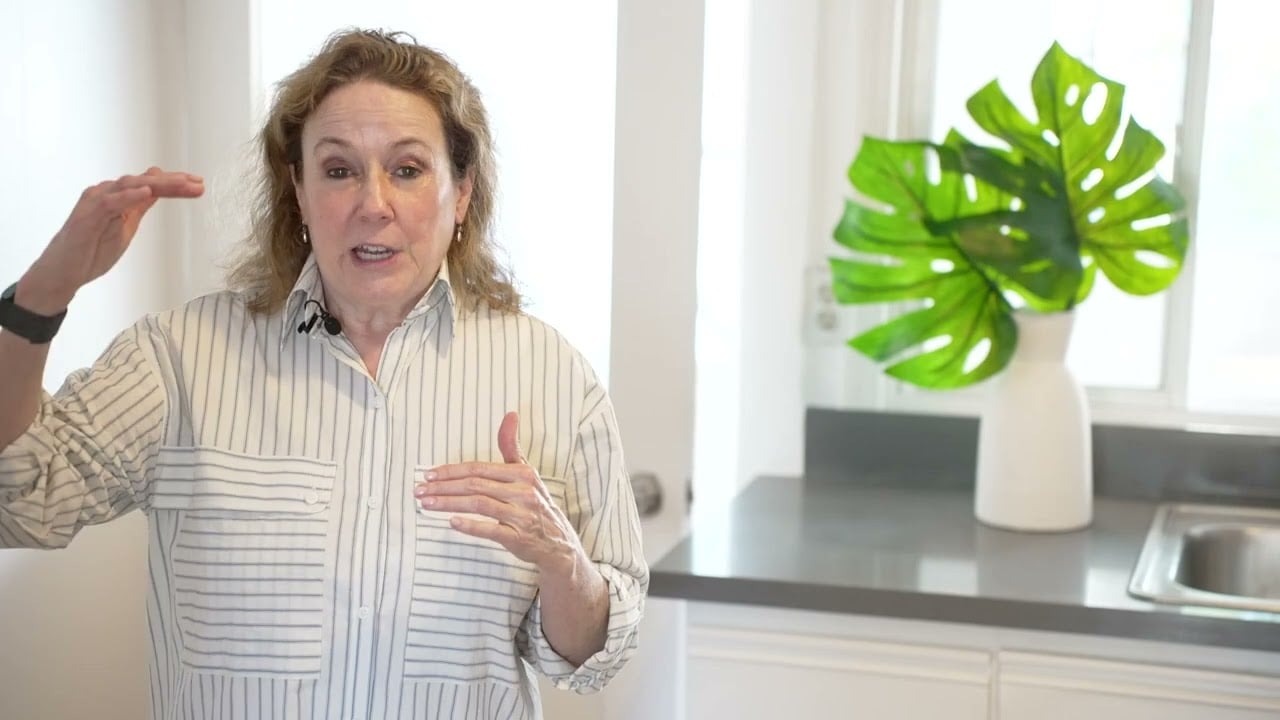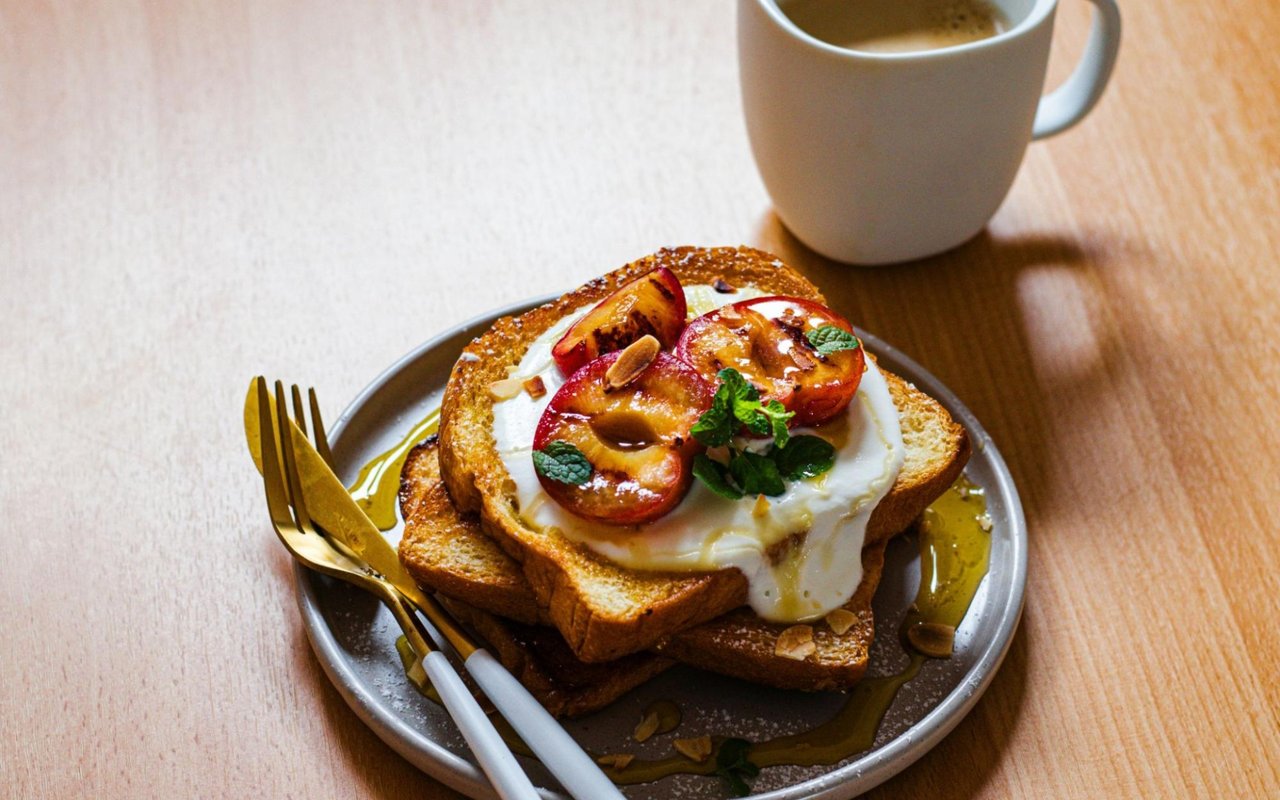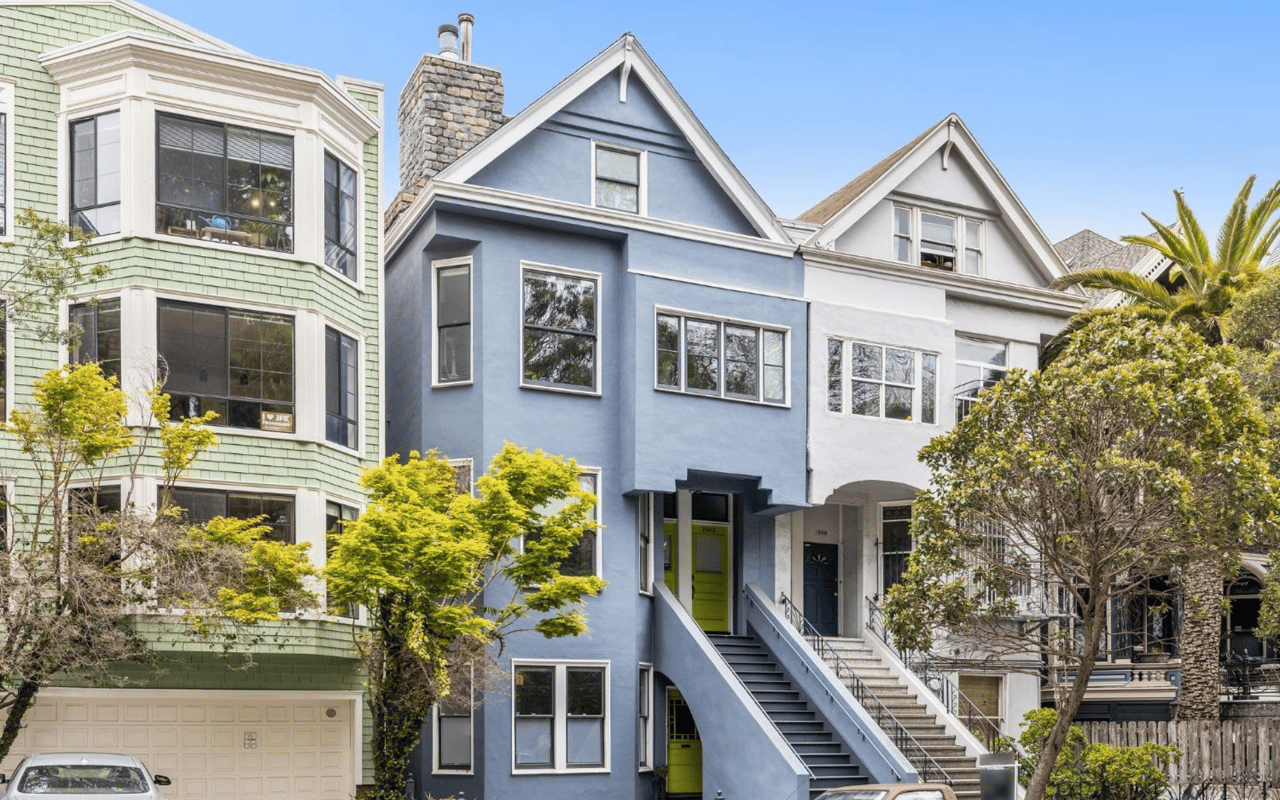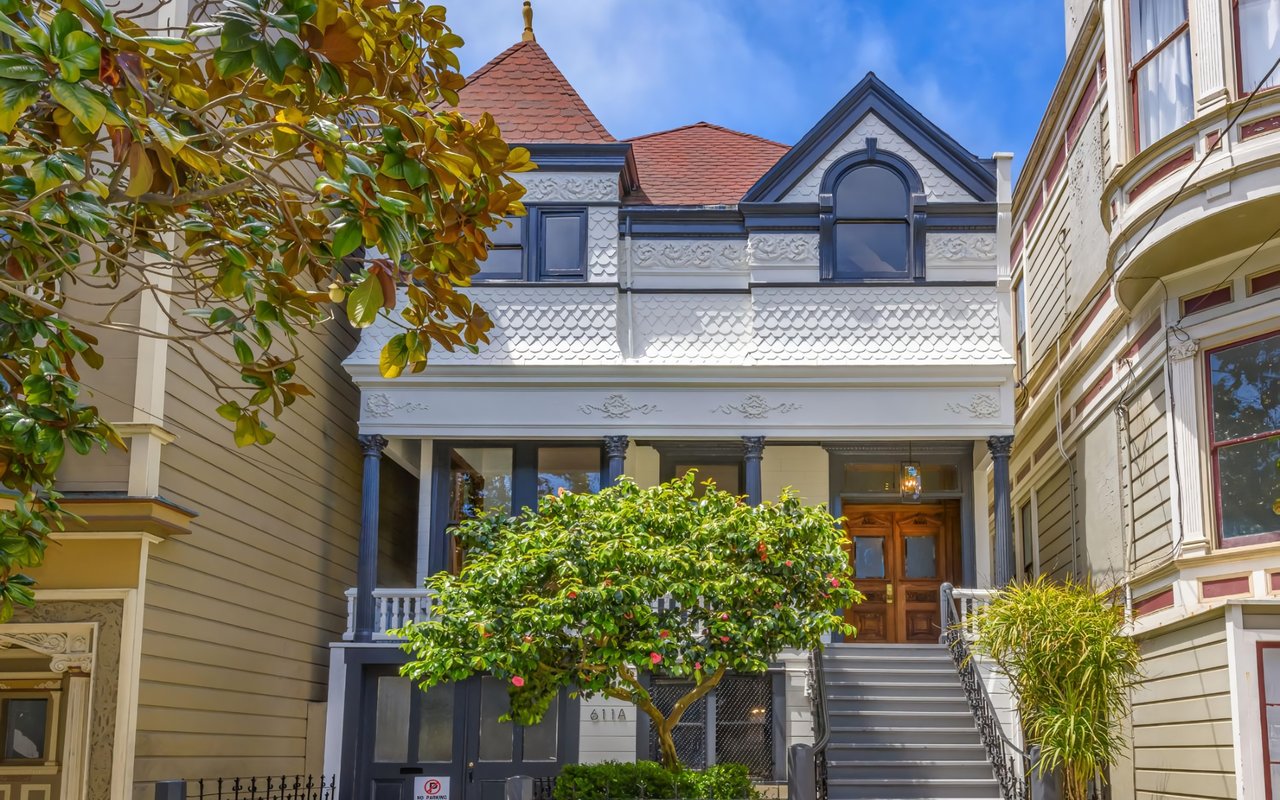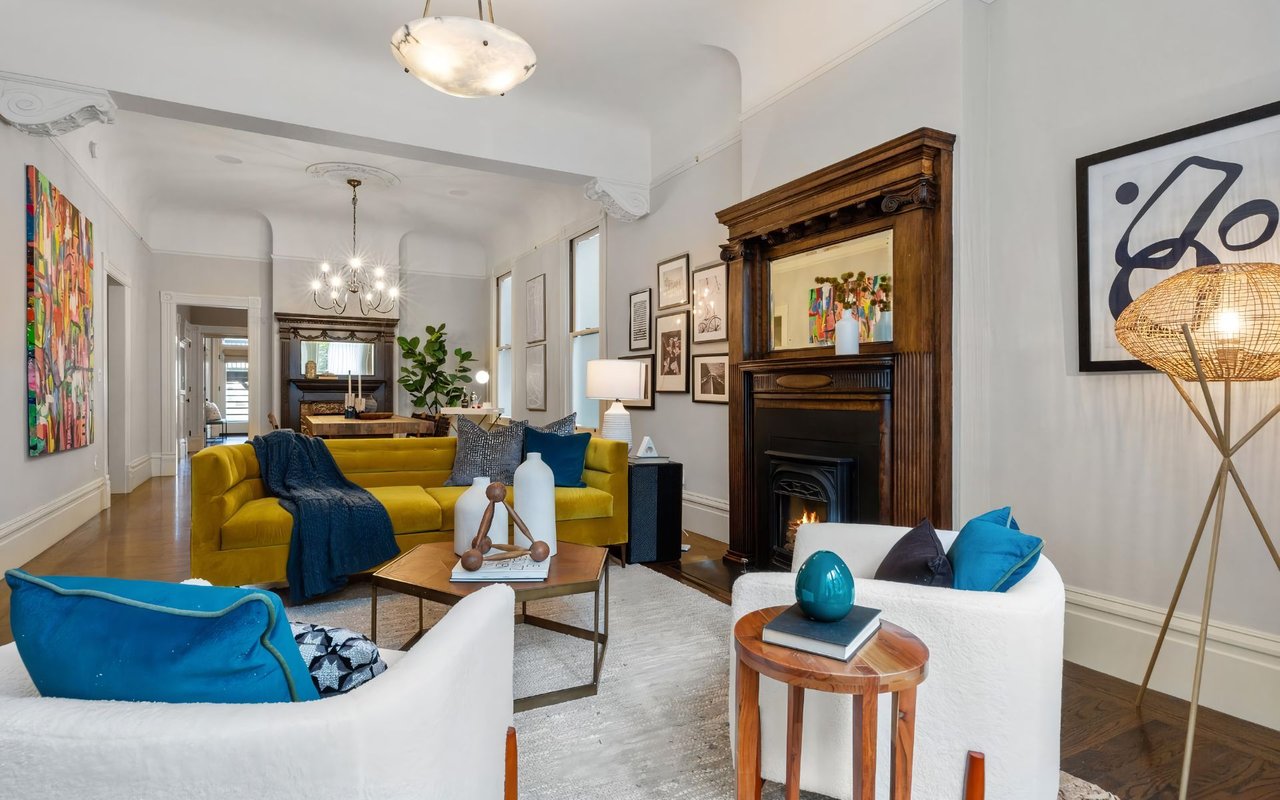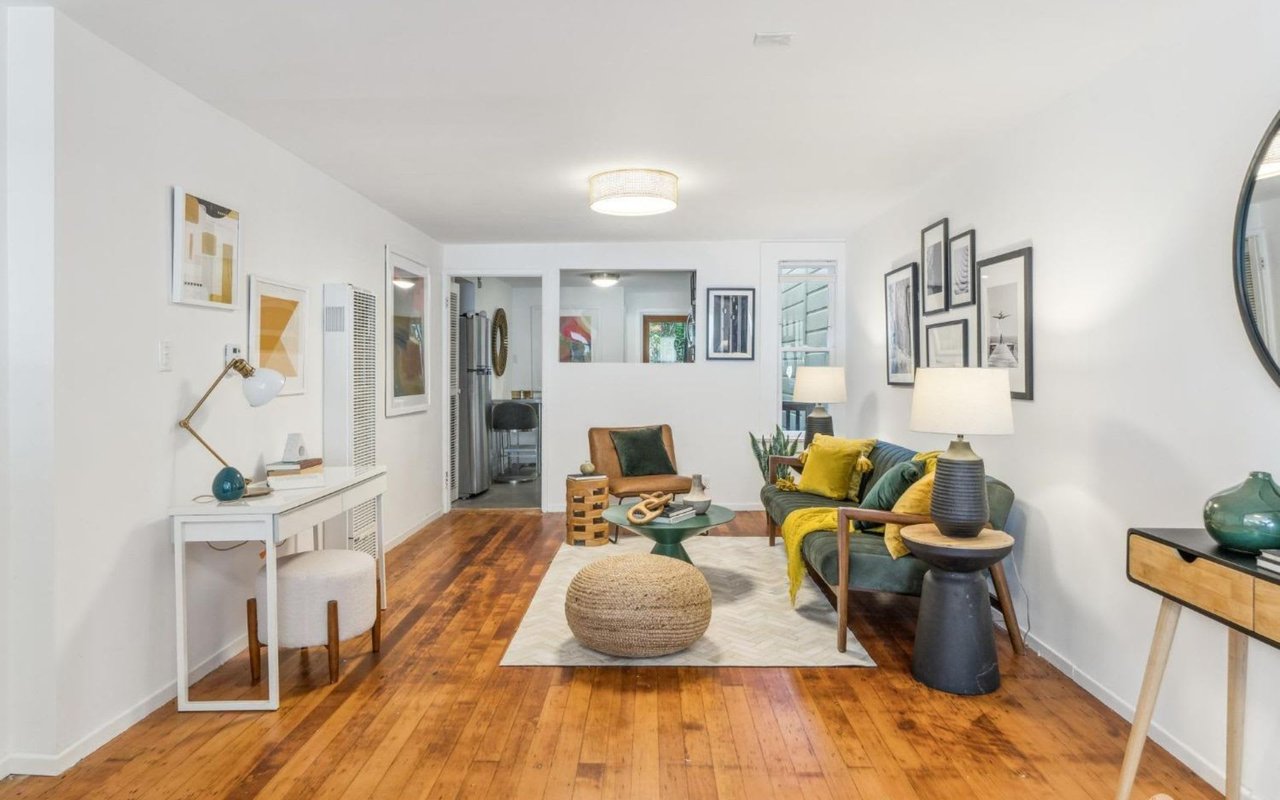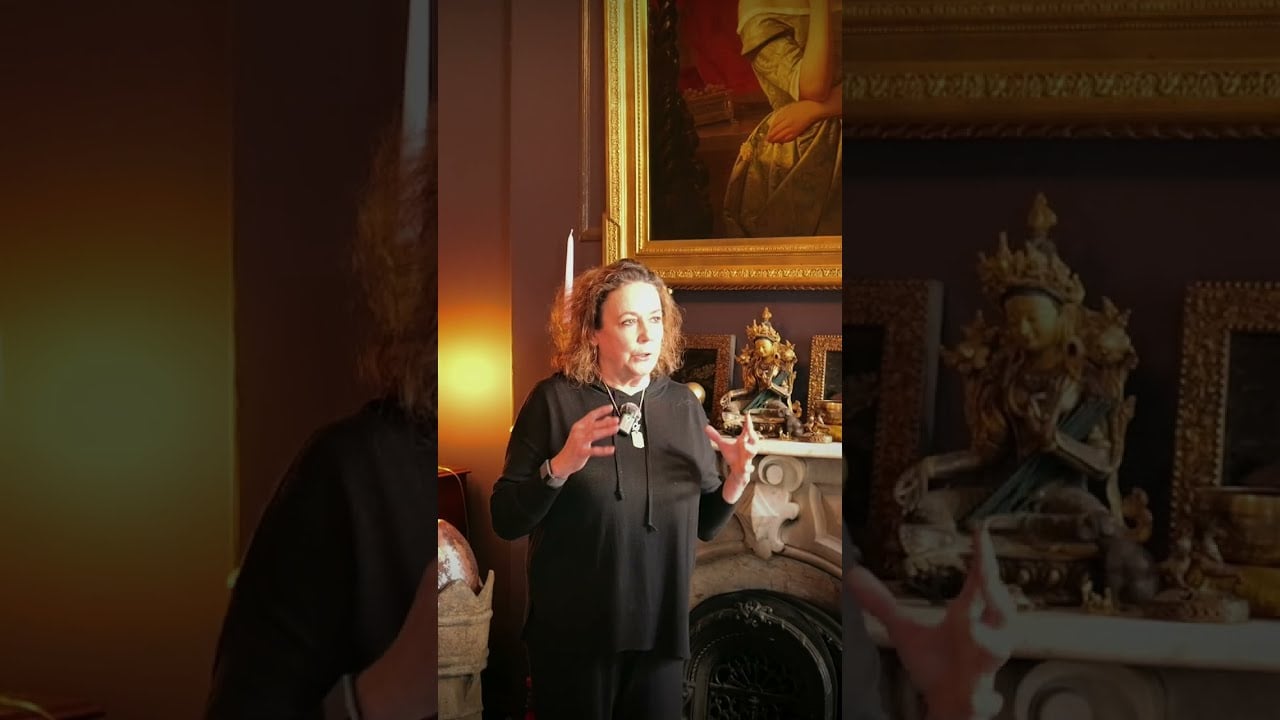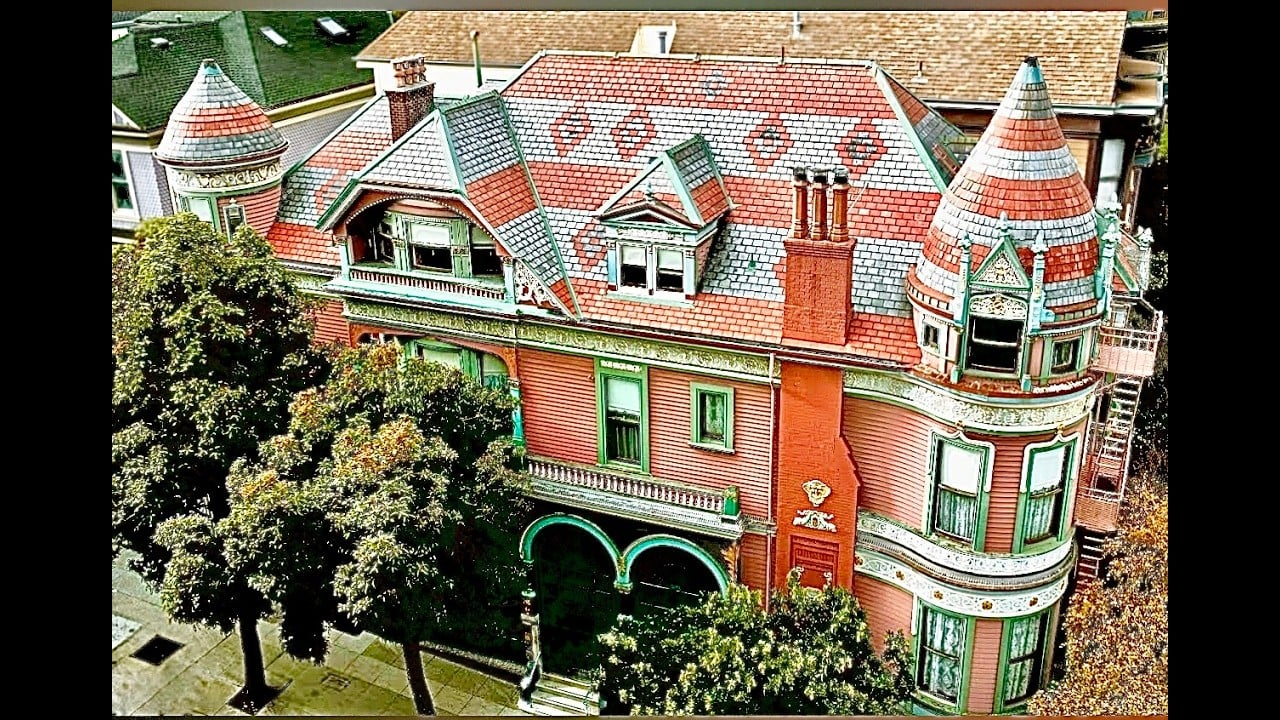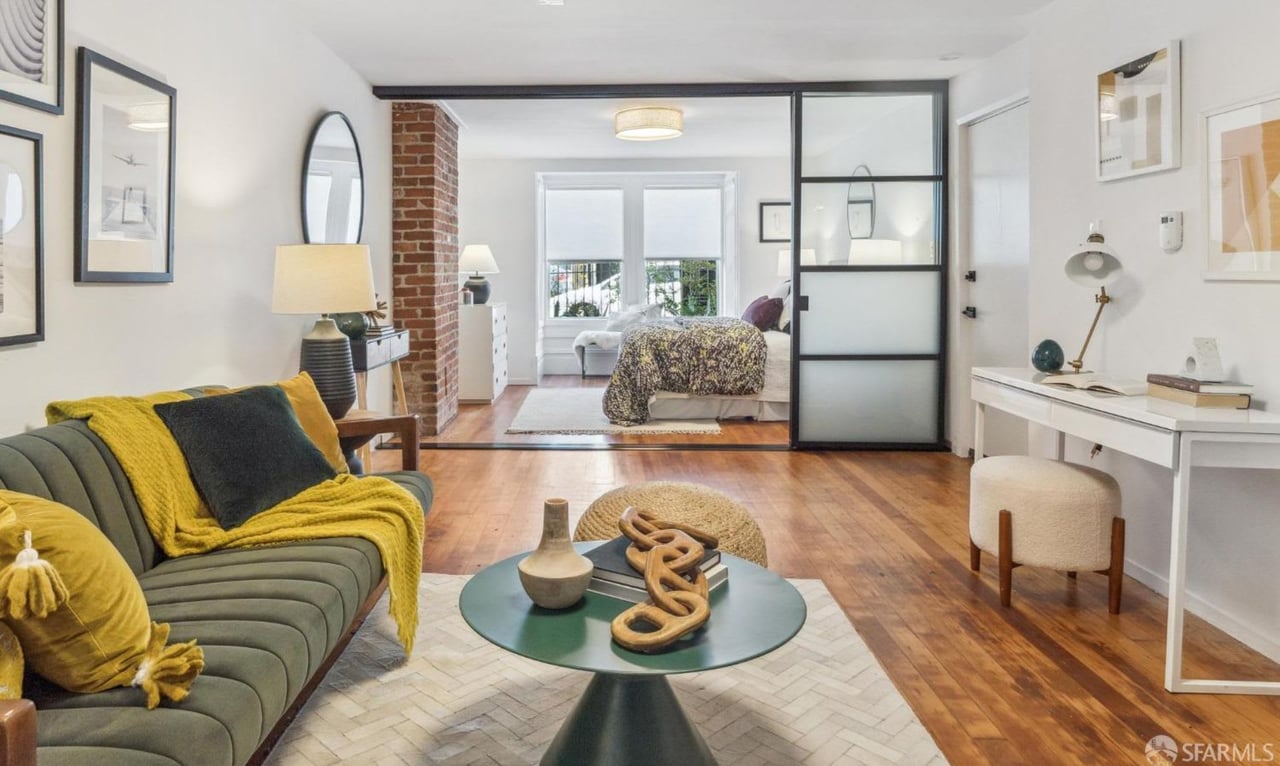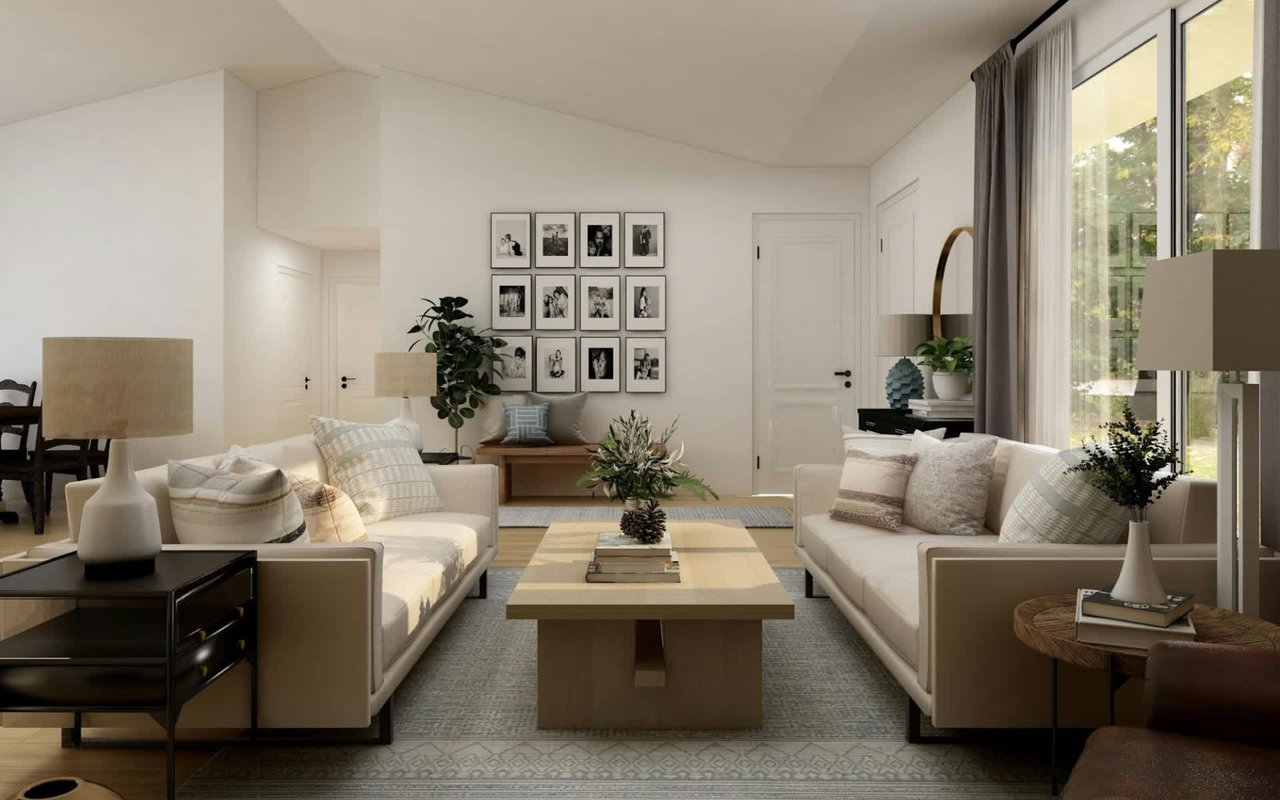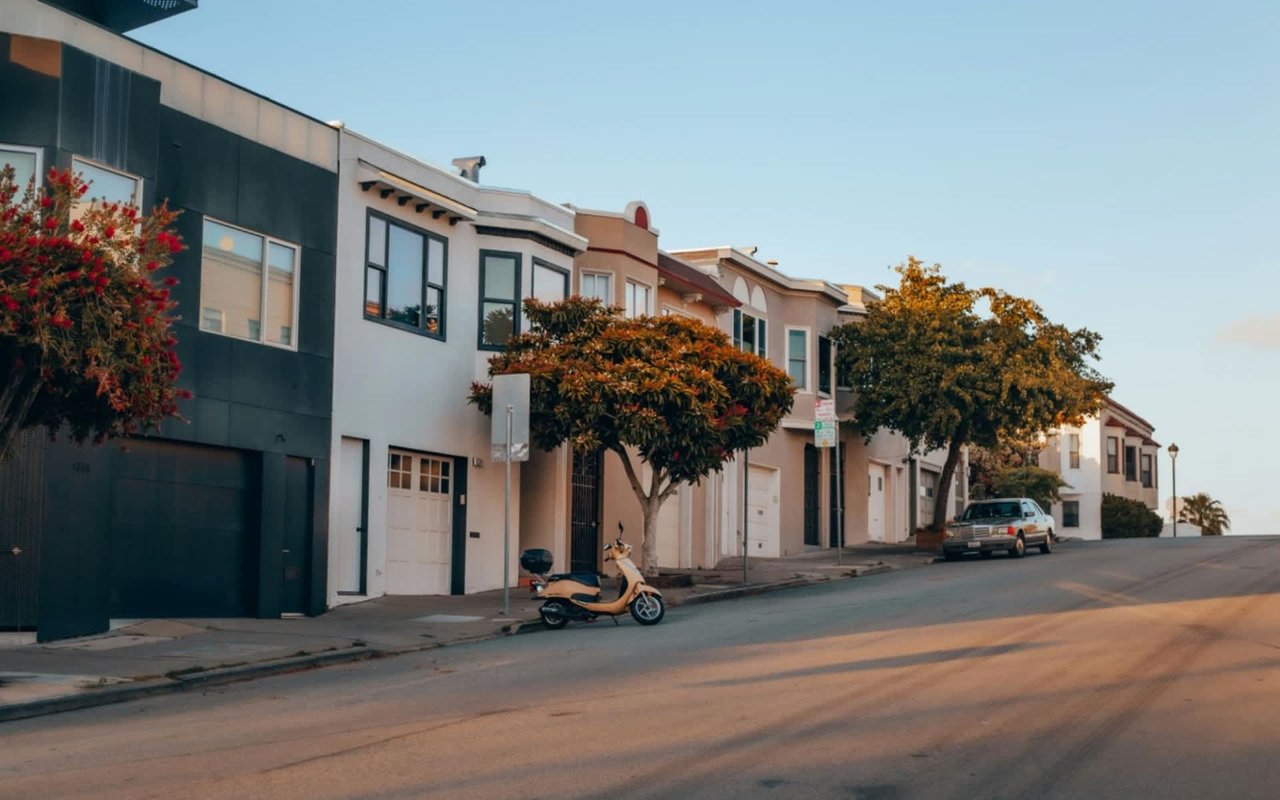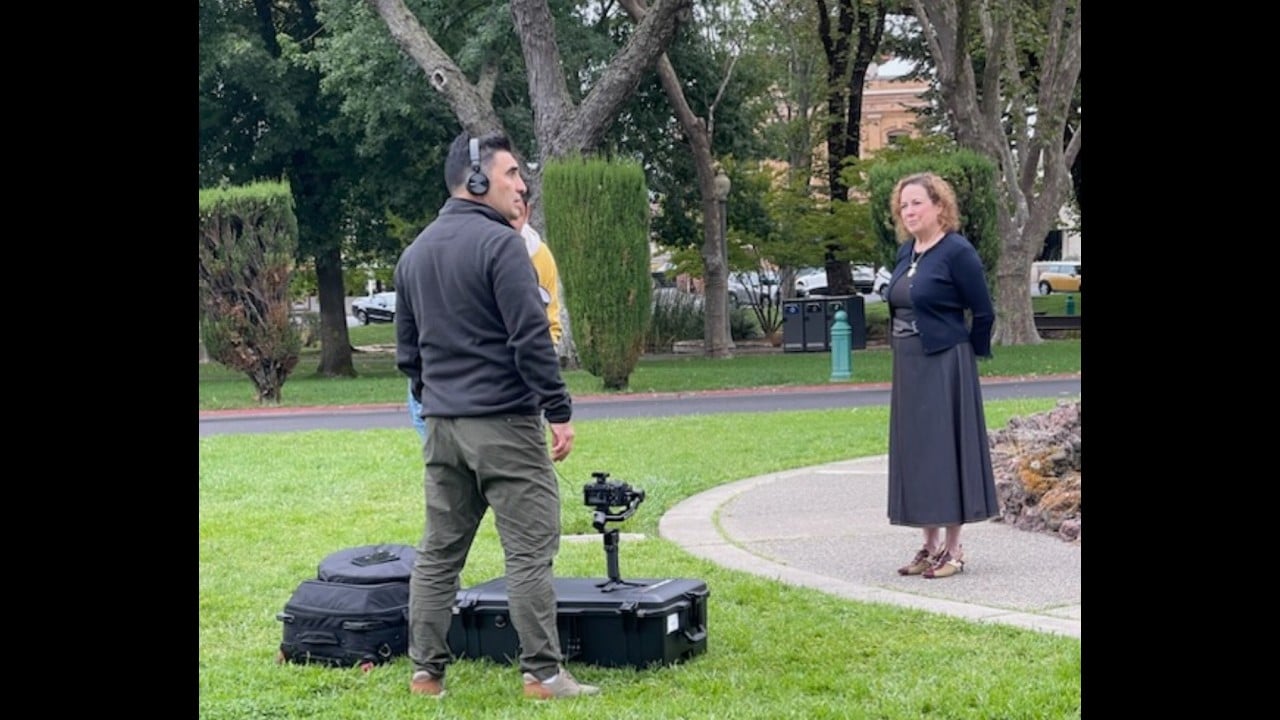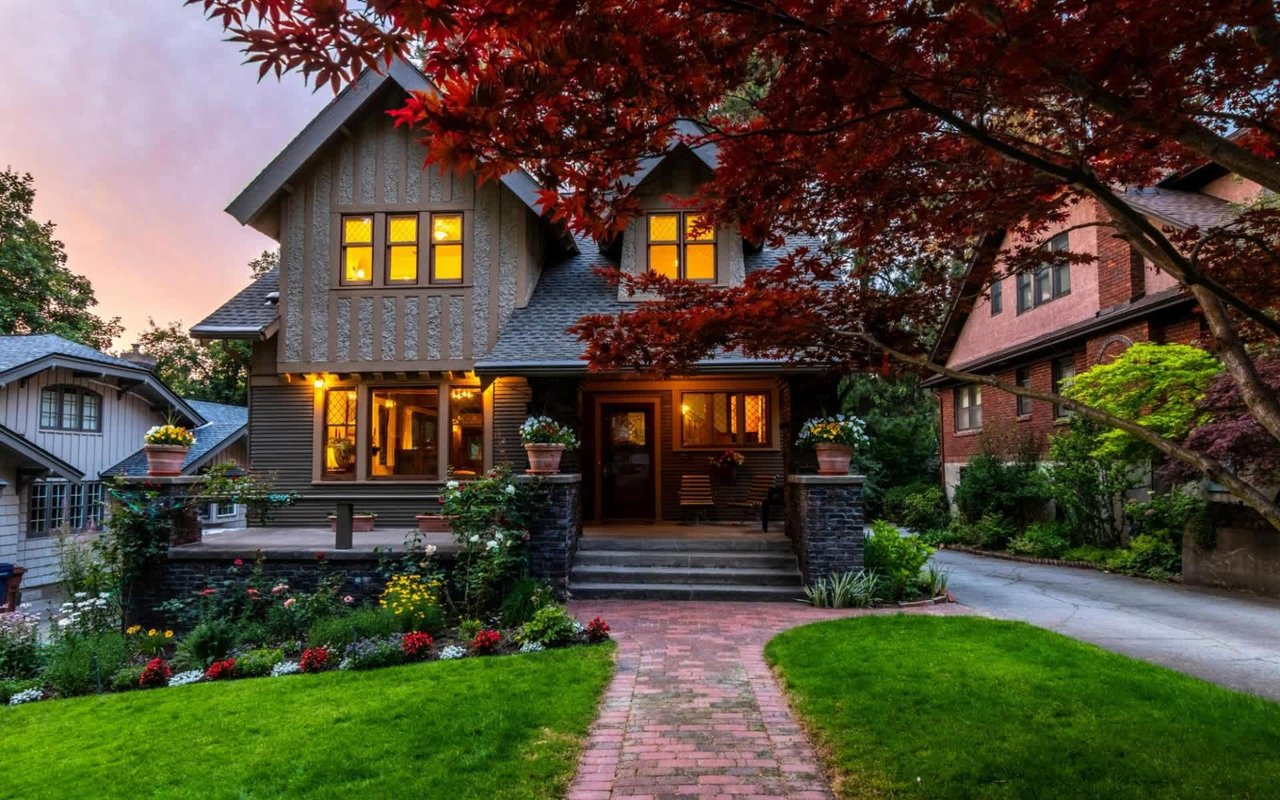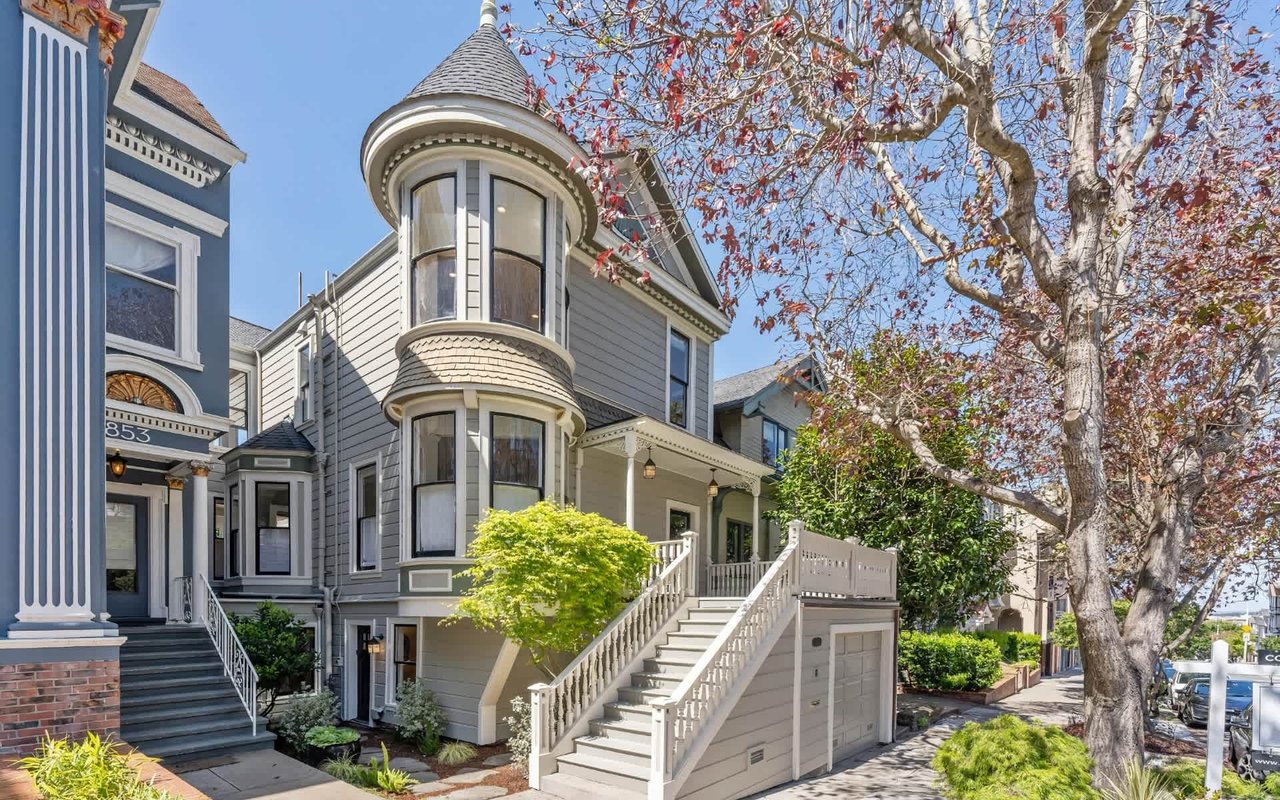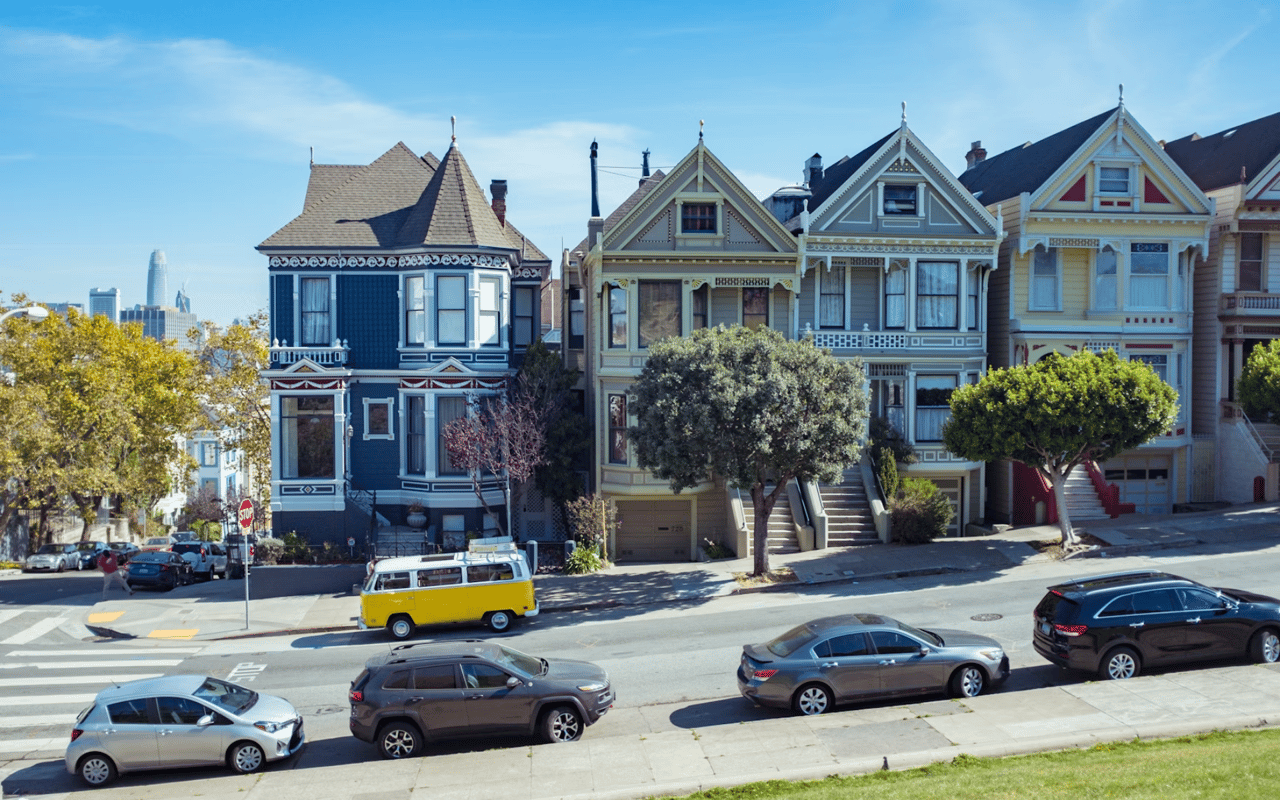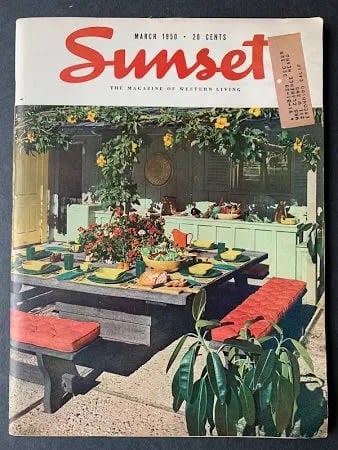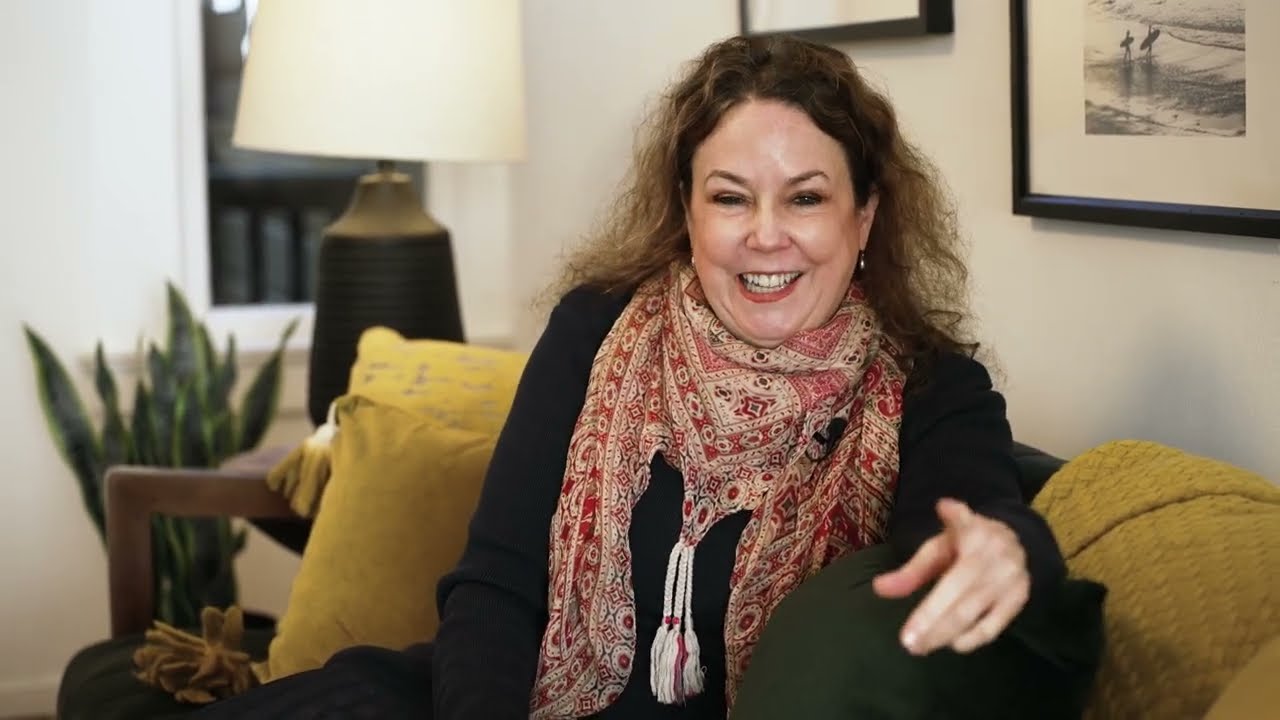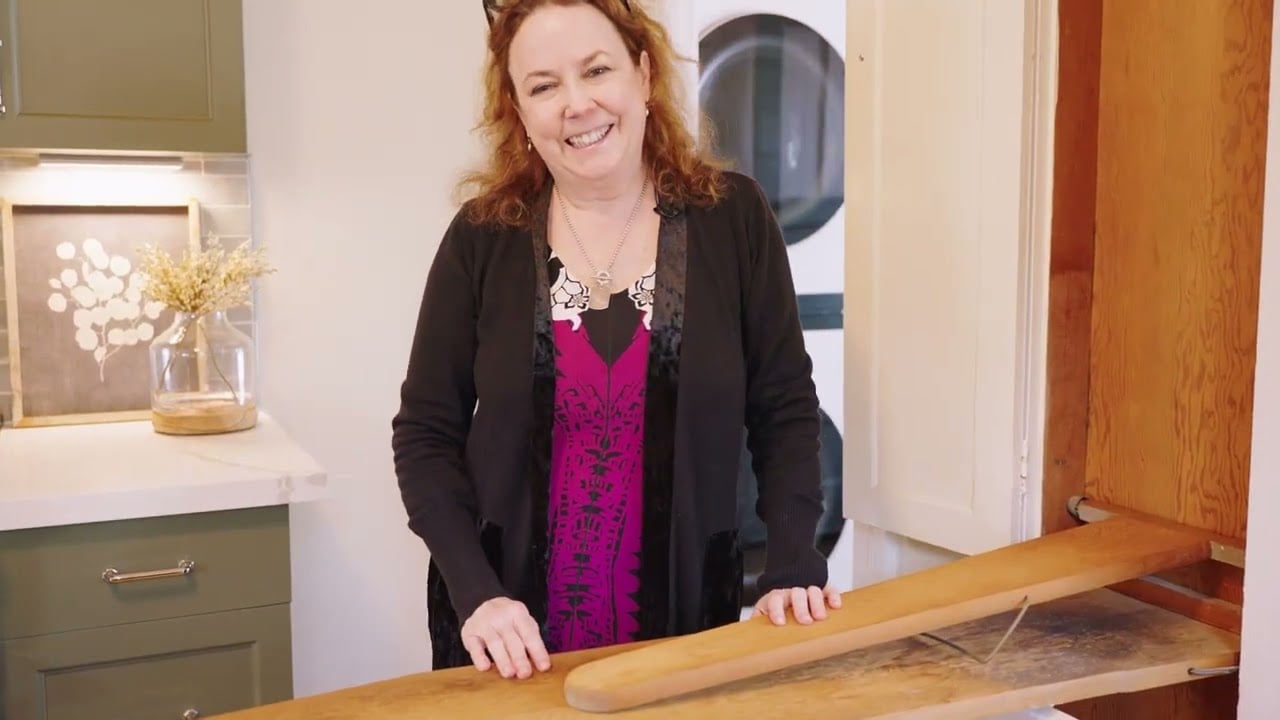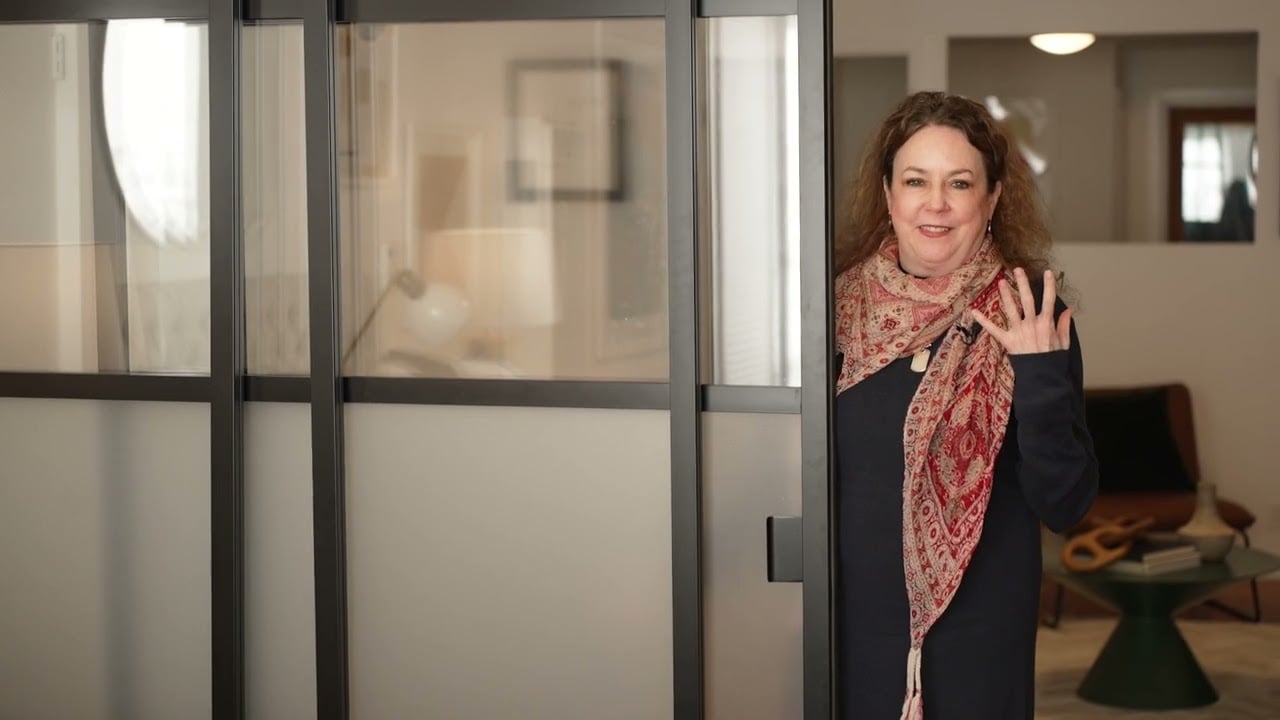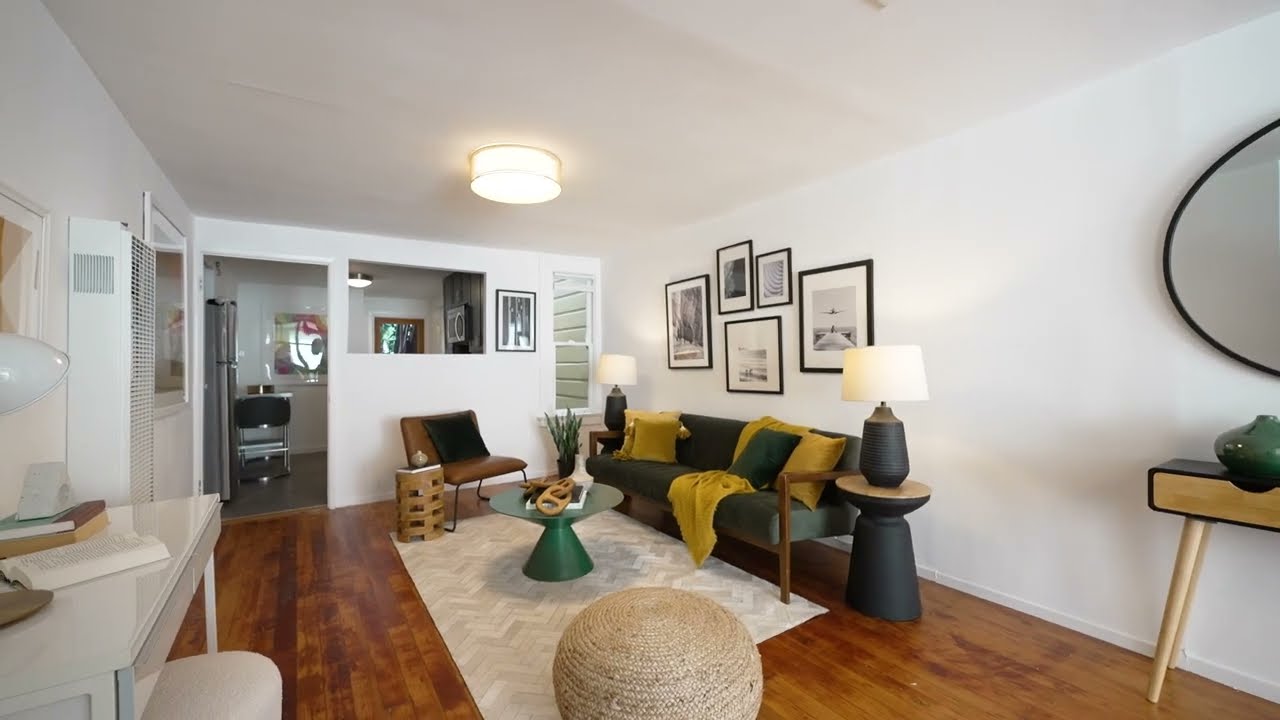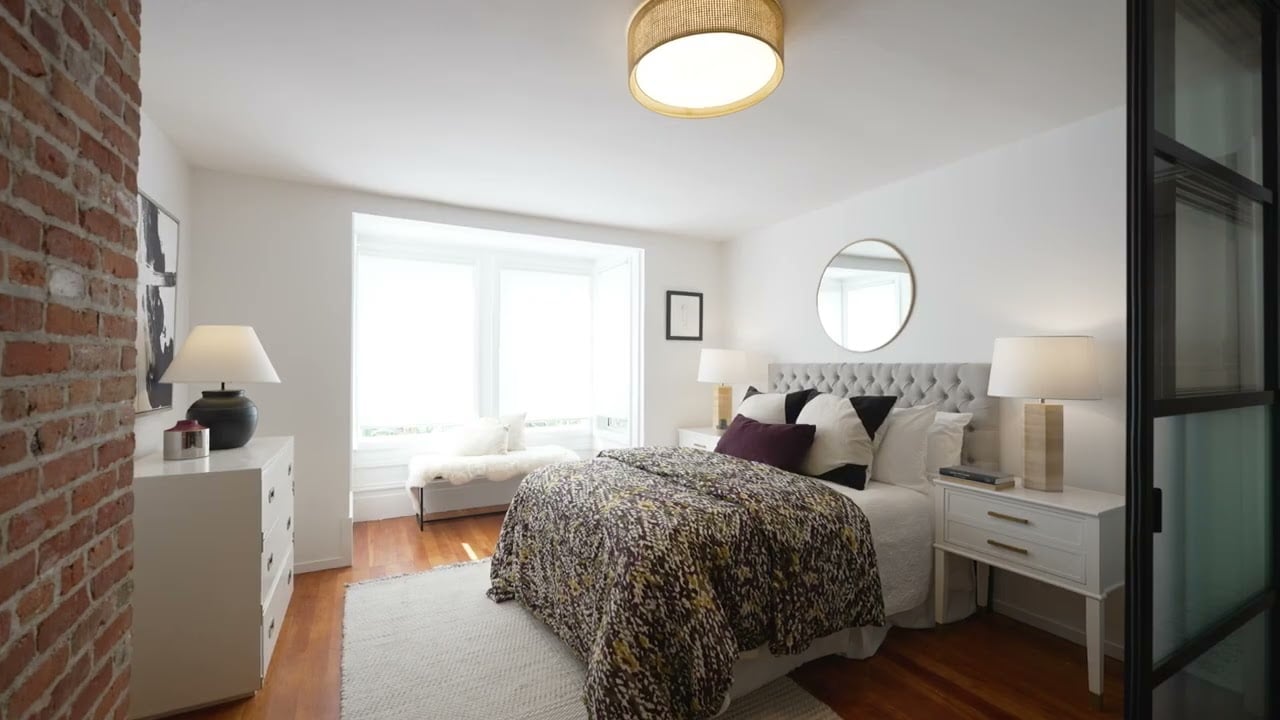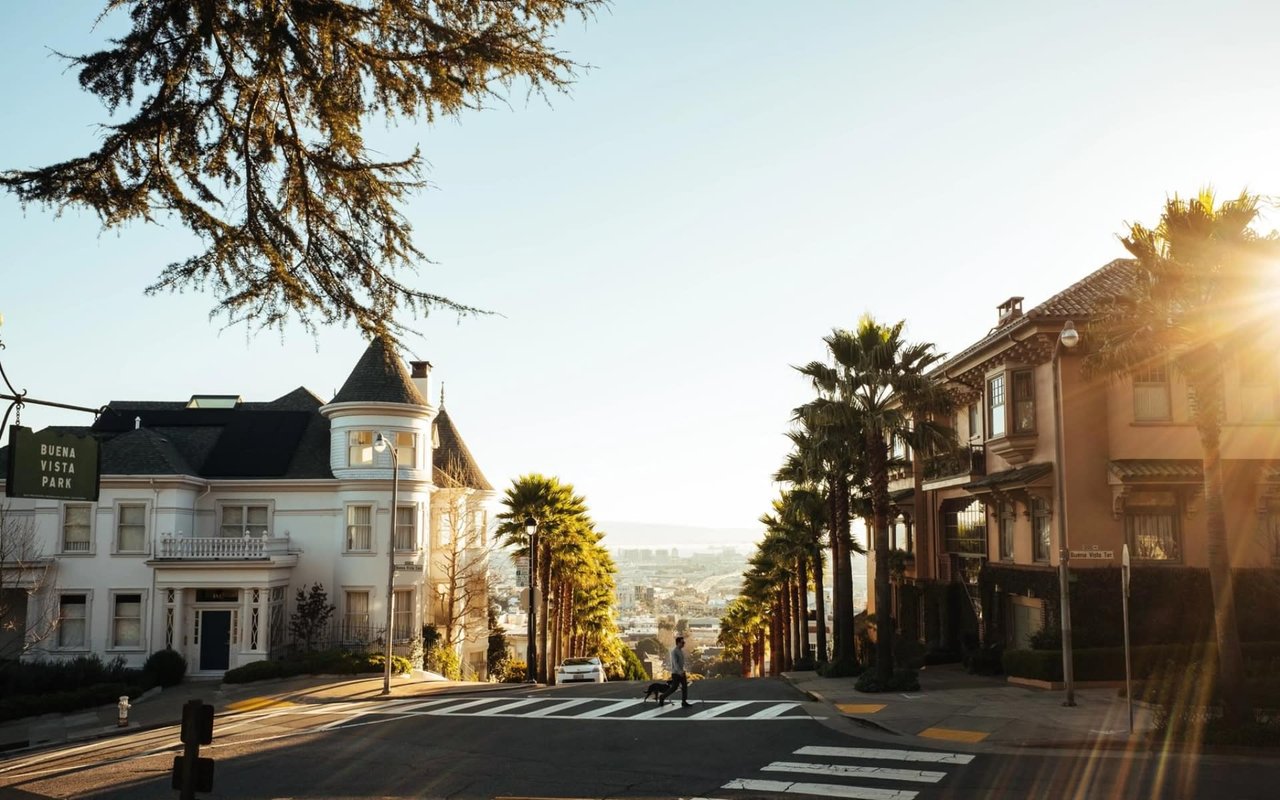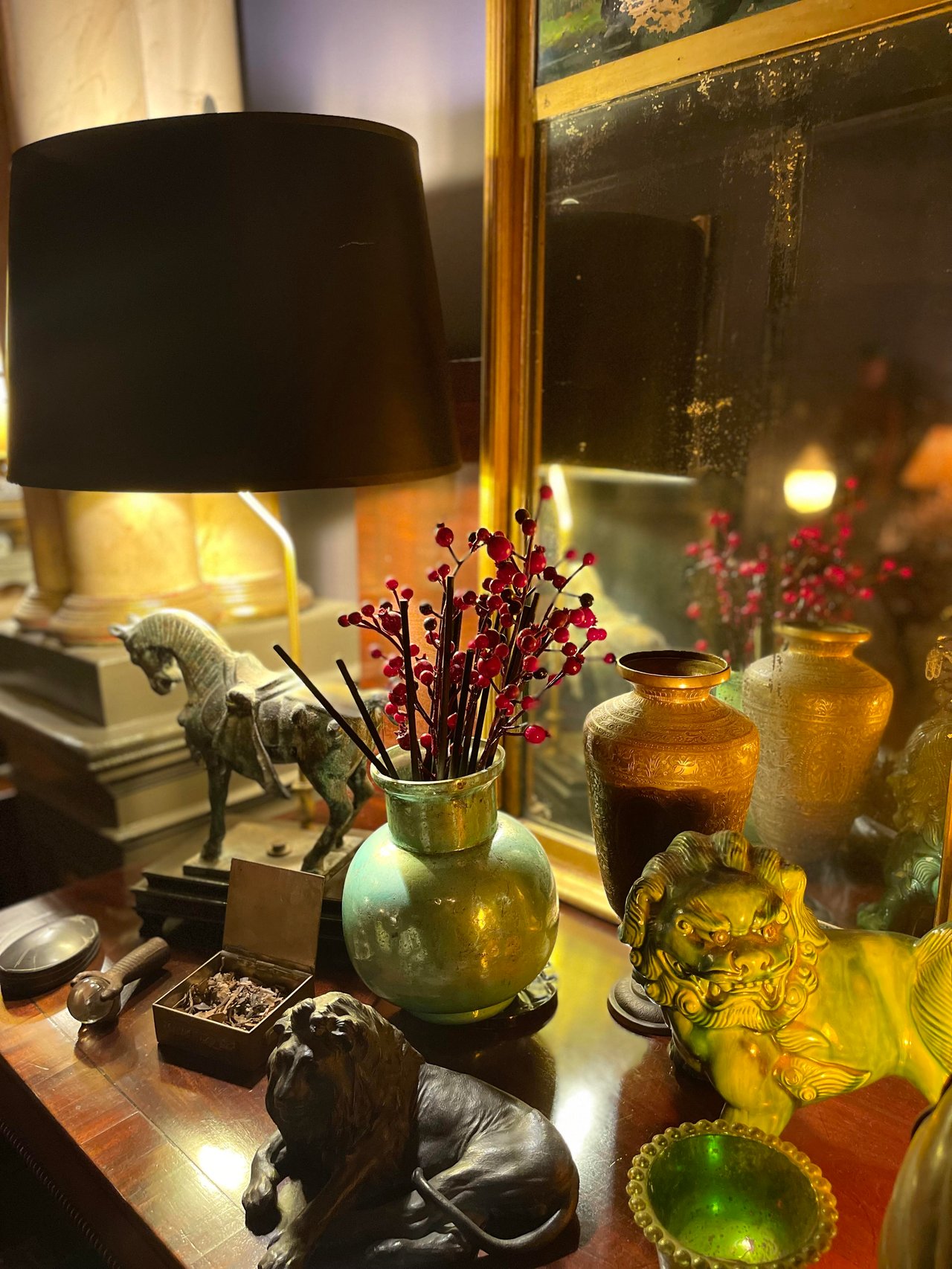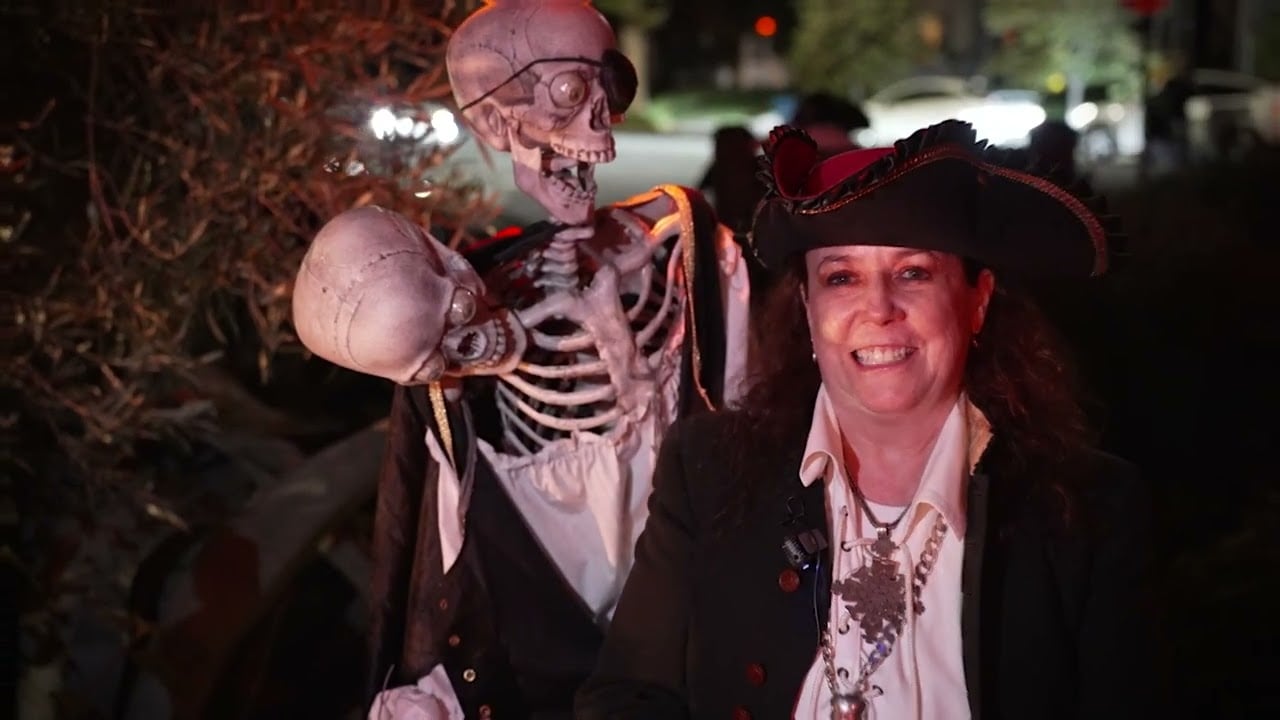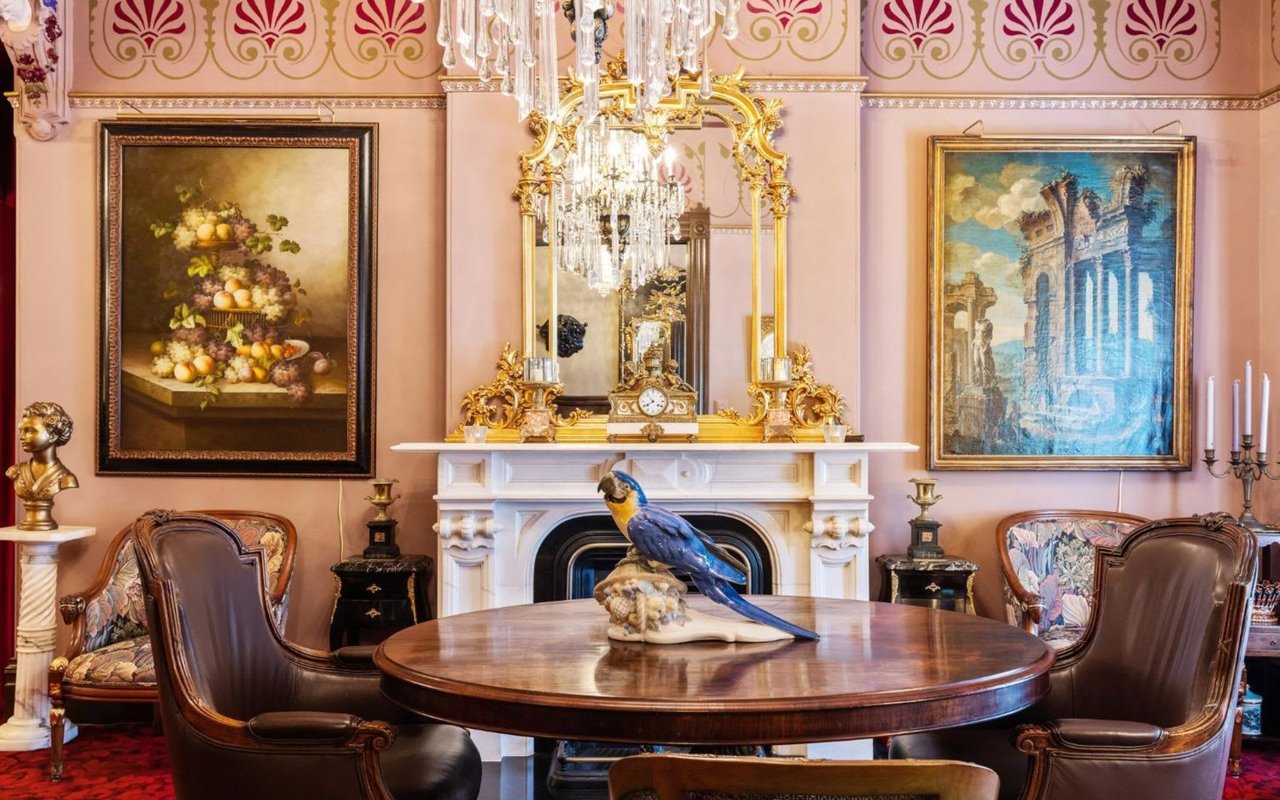Brainerd Jones is a name synonymous with architectural heritage in Petaluma, California. Known for his distinctive contributions to the city's landscape, Jones' work has left an indelible mark on the community, making him a pivotal figure in Petaluma's history. This article delves into the life and impact of Brainerd Jones, highlighting his architectural legacy and lasting influence on the city's character.
Early Life and Career
Brainerd Jones, the son of a prosperous Chicago lawyer, relocated to Petaluma with his mother in 1875 at the age of six following his father's death. His early years were marked by his prodigious talent in the arts. At the age of fifteen, he gained recognition when the Fourth District Agricultural Association honored him for "best pencil drawing," "best mechanical skill and workmanship," and "best painting in India ink." These accolades set the stage for his future career in architecture.
Jones's initial professional endeavors included working as a bookbinder in Petaluma, which provided him with attention to detail and craftsmanship that would later define his work. He then apprenticed with the MacDougal Brothers, prominent architects in San Francisco, where he honed his skills and developed a deeper understanding of architectural design and construction.
Jones's initial professional endeavors included working as a bookbinder in Petaluma, which provided him with attention to detail and craftsmanship that would later define his work. He then apprenticed with the MacDougal Brothers, prominent architects in San Francisco, where he honed his skills and developed a deeper understanding of architectural design and construction.
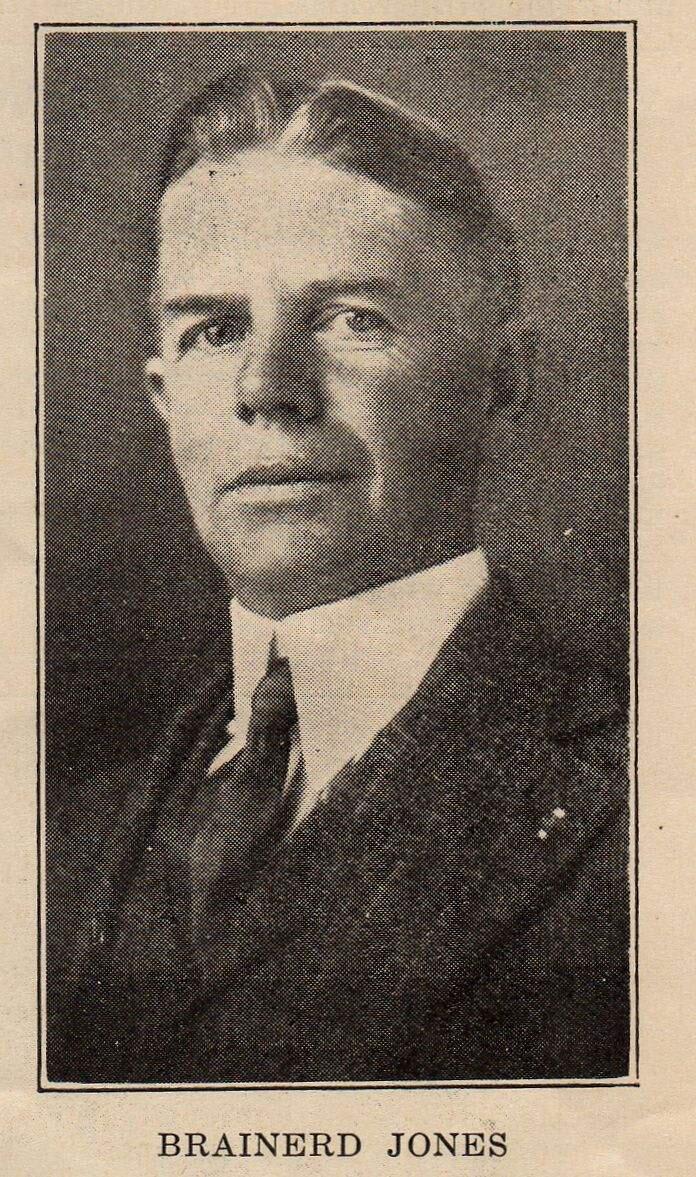
Arrival in Petaluma
Brainerd Jones returned to Petaluma after his apprenticeship, marking the beginning of a transformative period for the city. By the time he opened his Petaluma office in the early 1900s, Jones had already developed a reputation for his meticulous work and creative vision.
One of his first major projects was remodeling the opera house in 1901. This was followed by designing a series of predominantly two-story classical buildings that now define the city’s historic downtown. These structures, alongside earlier Victorian-era cast-iron retail and commercial blocks, showcase Jones' ability to blend classical architectural elements with the needs of a growing commercial hub. His early work laid the foundation for what would become a prolific and impactful career in shaping Petaluma's architectural identity.
One of his first major projects was remodeling the opera house in 1901. This was followed by designing a series of predominantly two-story classical buildings that now define the city’s historic downtown. These structures, alongside earlier Victorian-era cast-iron retail and commercial blocks, showcase Jones' ability to blend classical architectural elements with the needs of a growing commercial hub. His early work laid the foundation for what would become a prolific and impactful career in shaping Petaluma's architectural identity.
Establishing an Architectural Legacy
Jones' architectural style is best described as eclectic, incorporating elements of Victorian, Queen Anne, Craftsman, and Colonial Revival designs. His ability to integrate these styles into cohesive and elegant structures made his work stand out. Credited for designing 80% of the city’s core, his buildings are often characterized by intricate natural woodwork, expansive porches with columns that bulge in the middle, and the Union Jack window. Detailed ornamentation enhanced his designs aesthetic appeal and reflected the aspirations of Petaluma's residents during the early 20th century. It is said he added custom details to match the owner’s lifestyle.
Notable Works in Petaluma
Carnegie Library
One of Jones’ most notable works is the Petaluma Carnegie Library, completed in 1904. Funded by a grant from philanthropist Andrew Carnegie, the library is a prime example of Jones' ability to blend classical design with local aesthetics. The building’s neo-classical style, characterized by its grand columns and detailed ornamentation, has made it a cherished landmark in the community. Today, the building serves as the Petaluma Historical Library and Museum, preserving both its own history and that of the town.
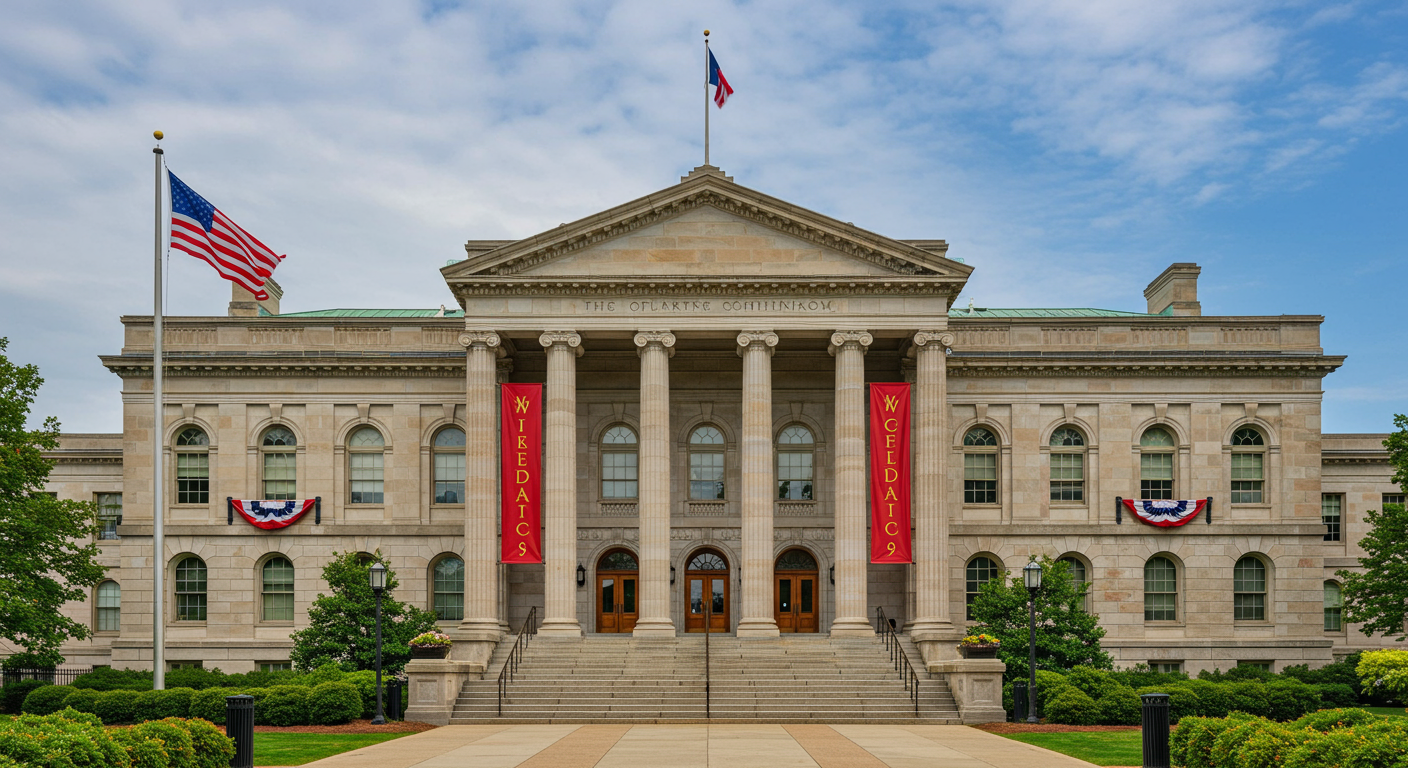
Petaluma High School
Jones also designed the original Petaluma High School building, completed in 1914. This structure is a fine example of his commitment to educational architecture, featuring spacious classrooms, large windows for natural light, and an imposing façade that commands attention. Though the building has undergone several renovations, Jones's original design principles continue to influence its current form.
Petaluma Woman’s Club
Jones also designed the Petaluma Woman’s Club in 1913, beating out Julia Morgan for the commission. His wife was a member of the club and he was a local resident. The clubhouse is a pleasant combination of craftsman, tudor and prairie style and is mostly in original condition. It has both Heritage Home and Nation Register of Historic Places designations.
Residential Projects
In addition to his commercial and public buildings, Brainerd Jones also designed numerous private residences throughout Petaluma. These homes, often located in the city's most desirable neighborhoods, reflect his ability to create comfortable and stylish living spaces. His residential designs frequently featured spacious interiors, large verandas, and elaborate woodwork, making them highly sought after by Petaluma's elite.
Legacy and Preservation
Brainerd Jones' impact on Petaluma extends beyond the individual buildings he designed. His work has helped shape the city's identity, contributing to its reputation as a place of historical and architectural significance. Efforts to preserve Jones' buildings have been instrumental in maintaining Petaluma's unique character and attracting visitors interested in its rich architectural heritage.
Organizations such as the Petaluma Historical Library and Museum and the Petaluma Woman’s Club have played a crucial role in preserving and promoting Jones' legacy. These efforts ensure that future generations can appreciate the architectural beauty and historical importance of his work.
Organizations such as the Petaluma Historical Library and Museum and the Petaluma Woman’s Club have played a crucial role in preserving and promoting Jones' legacy. These efforts ensure that future generations can appreciate the architectural beauty and historical importance of his work.
Influence on Modern Architecture
Jones' influence can also be seen in contemporary architectural practices. Modern architects and builders often draw inspiration from his designs, incorporating elements of his eclectic style into new constructions. This blend of historical and contemporary influences helps maintain the city's distinctive charm while allowing for growth and development.
Brainerd Jones and Petaluma's Future
As Petaluma continues to grow and evolve, Brainerd Jones's legacy remains a cornerstone of its identity. His contributions to the city's architectural landscape are a source of pride for residents and a point of interest for visitors. By honoring and preserving his work, Petaluma can ensure that its historical roots remain integral to its future.
Learn More with Bonnie Spindler
For those interested in learning more about Petaluma's architectural heritage or exploring real estate opportunities in the area, Bonnie Spindler is an excellent resource. Bonnie’s extensive knowledge of local history and her dedication to preserving Petaluma's unique charm make her the perfect guide for navigating the city's real estate market. Contact Bonnie Spindler, the Victorian Specialist, today to begin your journey into Petaluma's rich architectural landscape.
